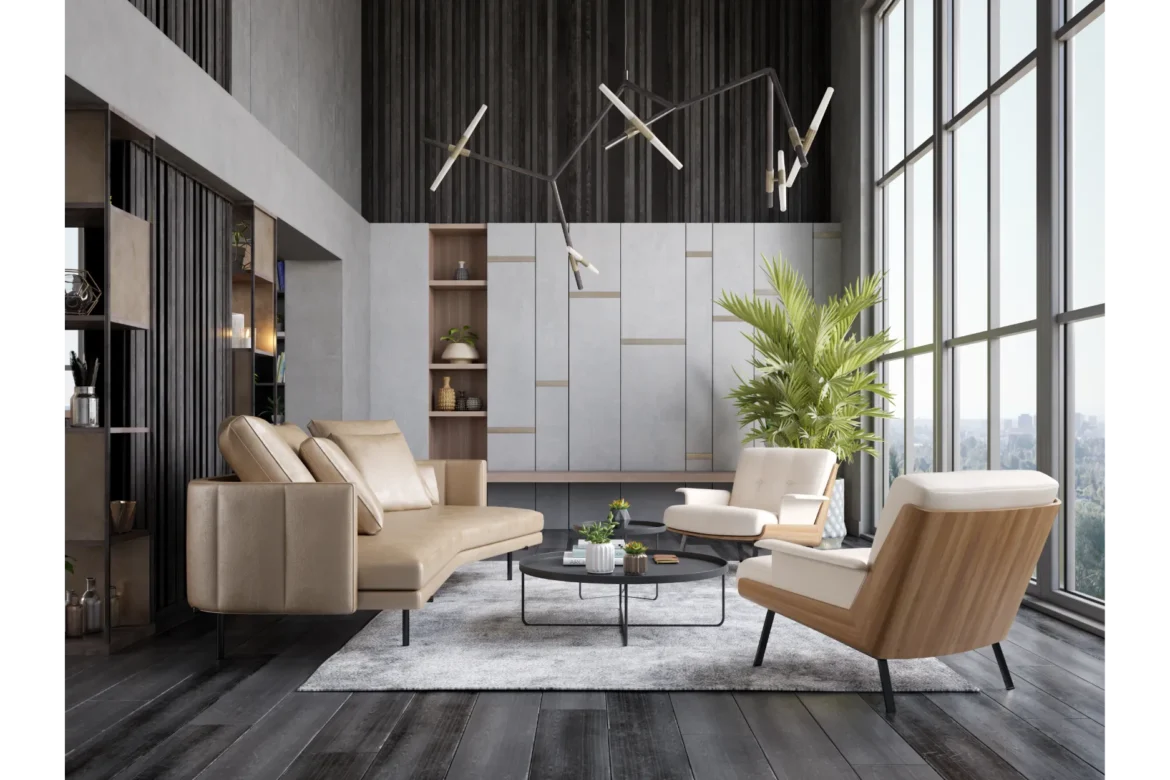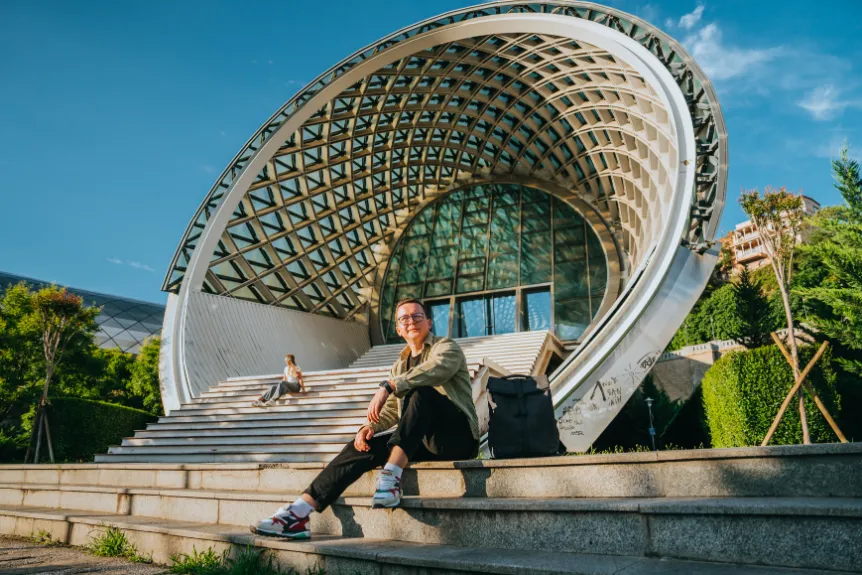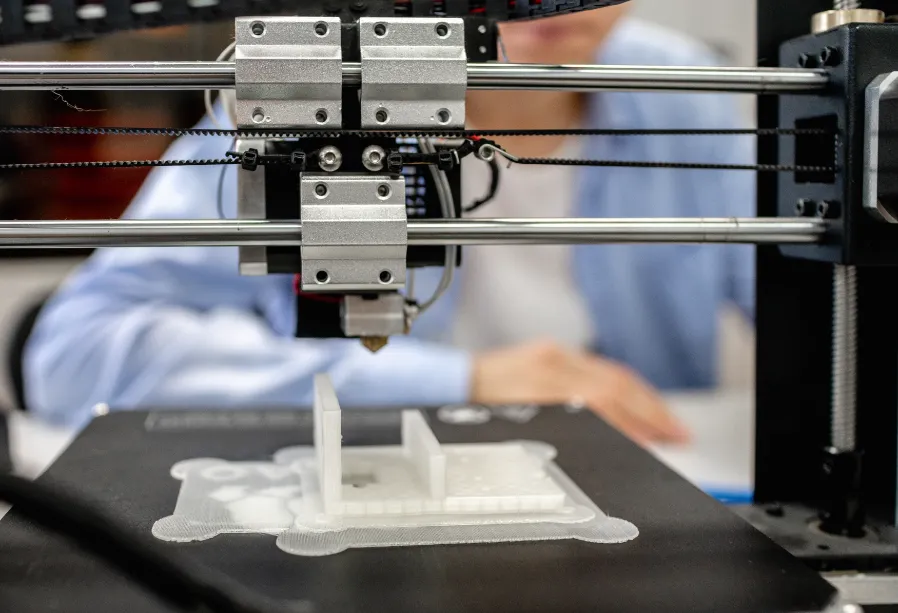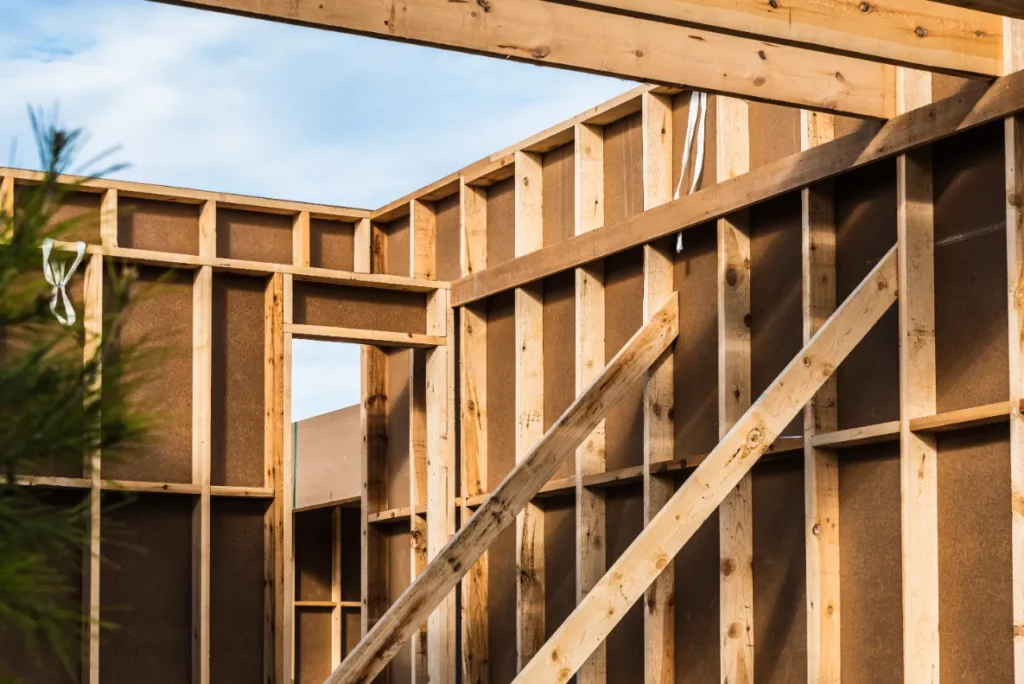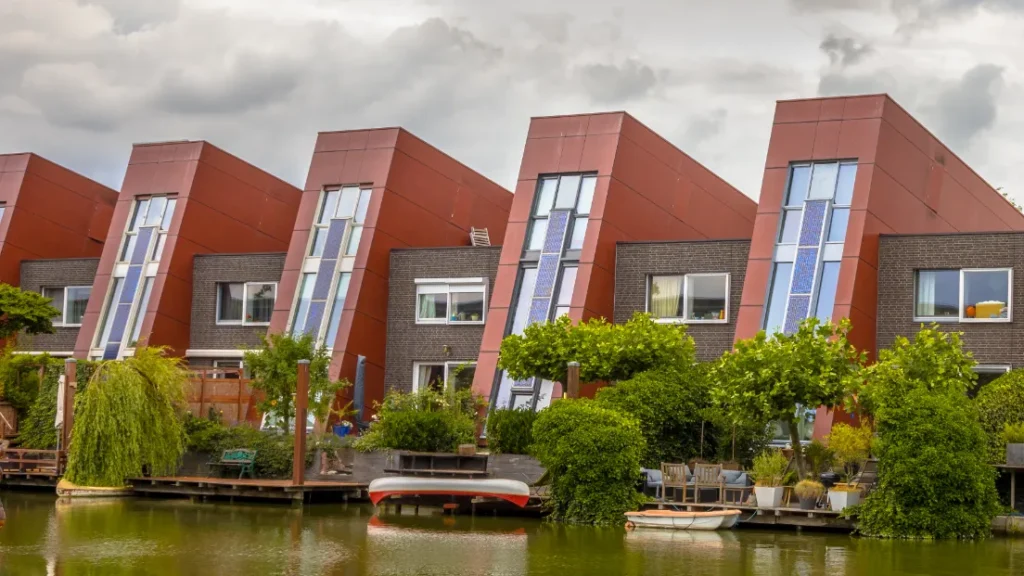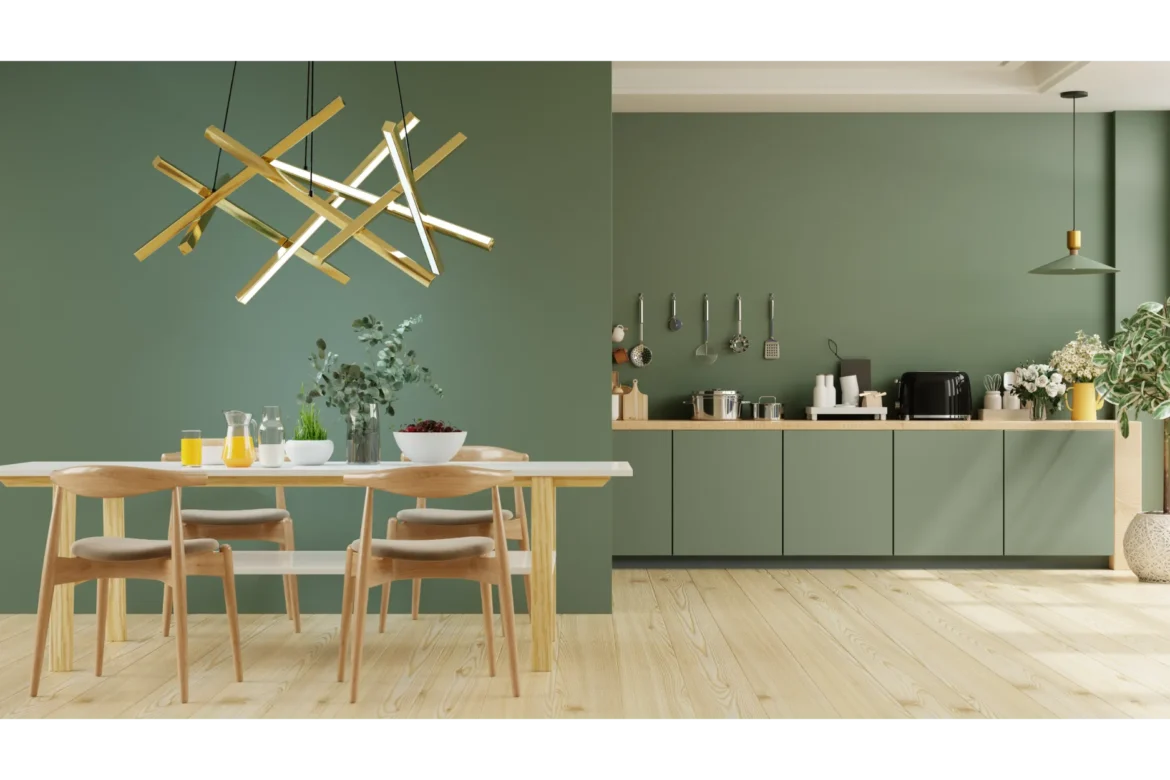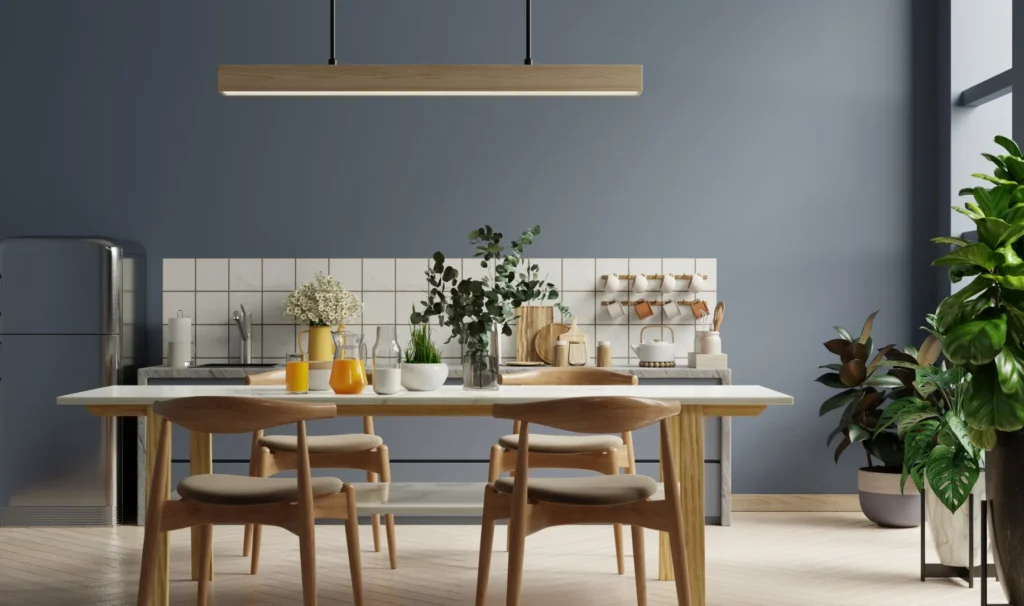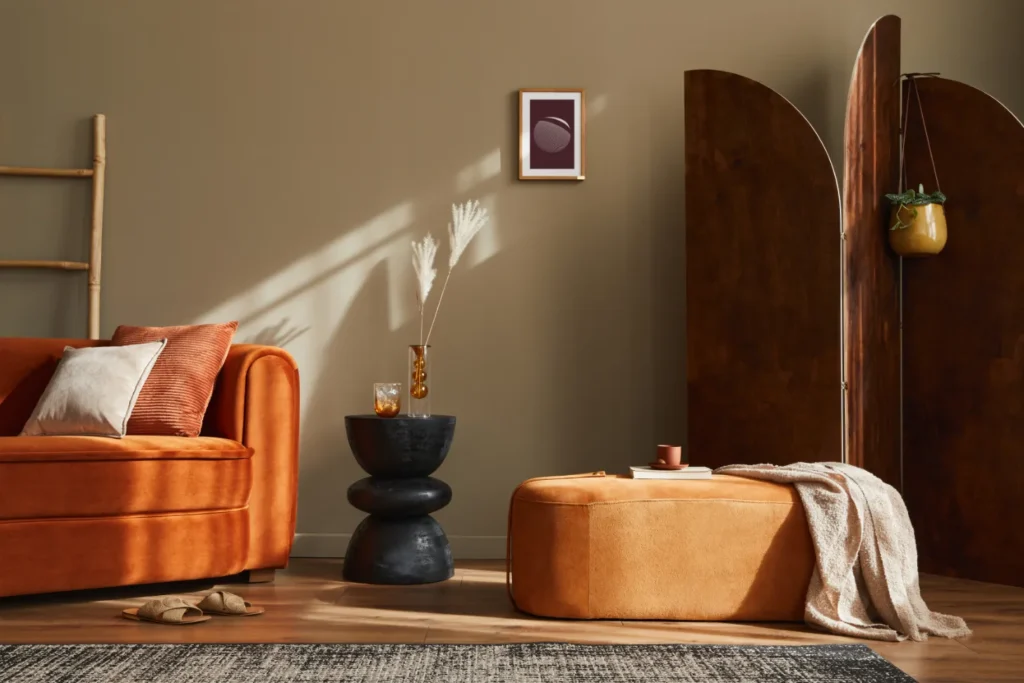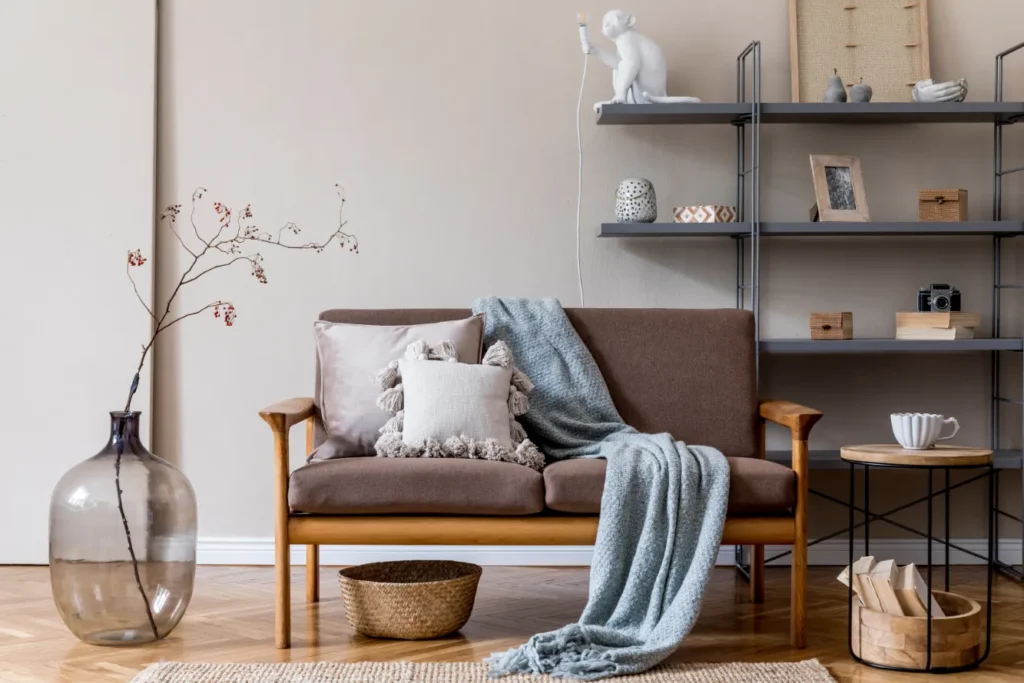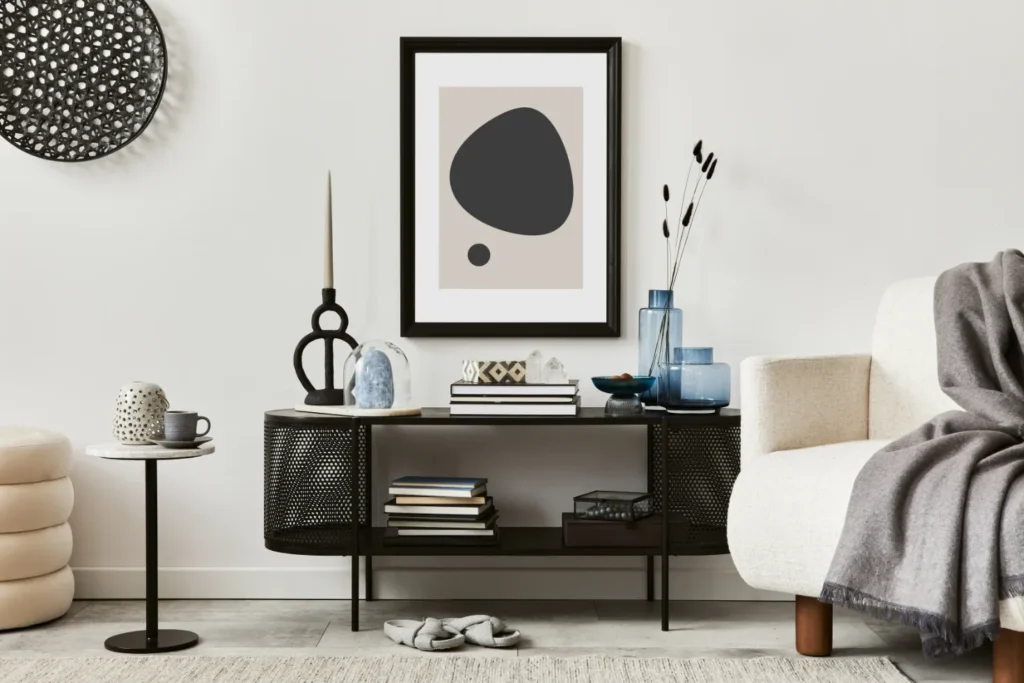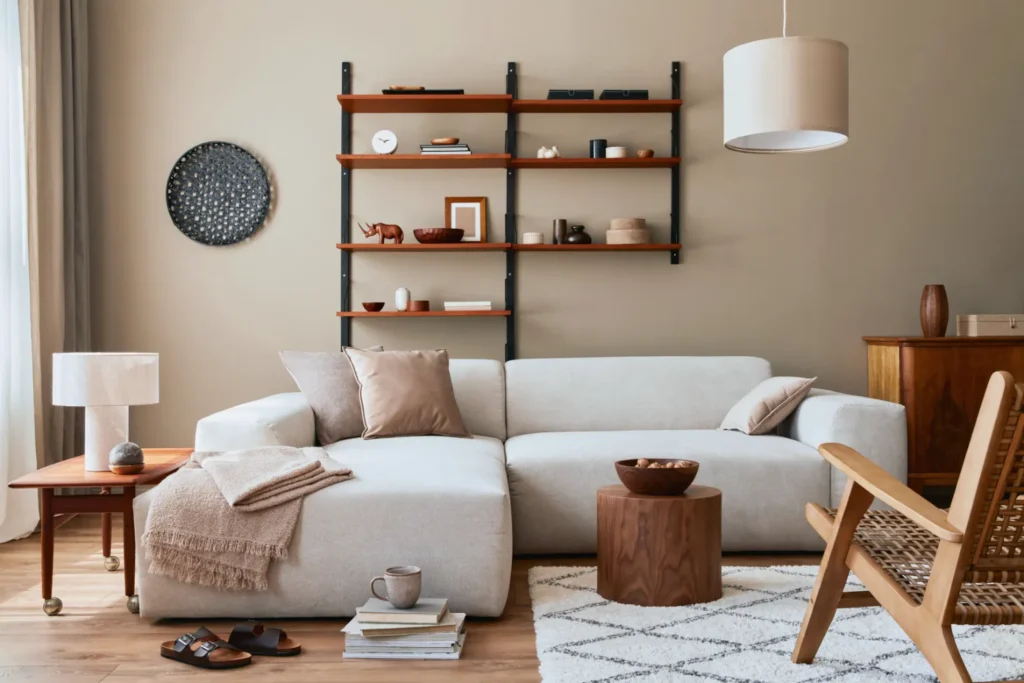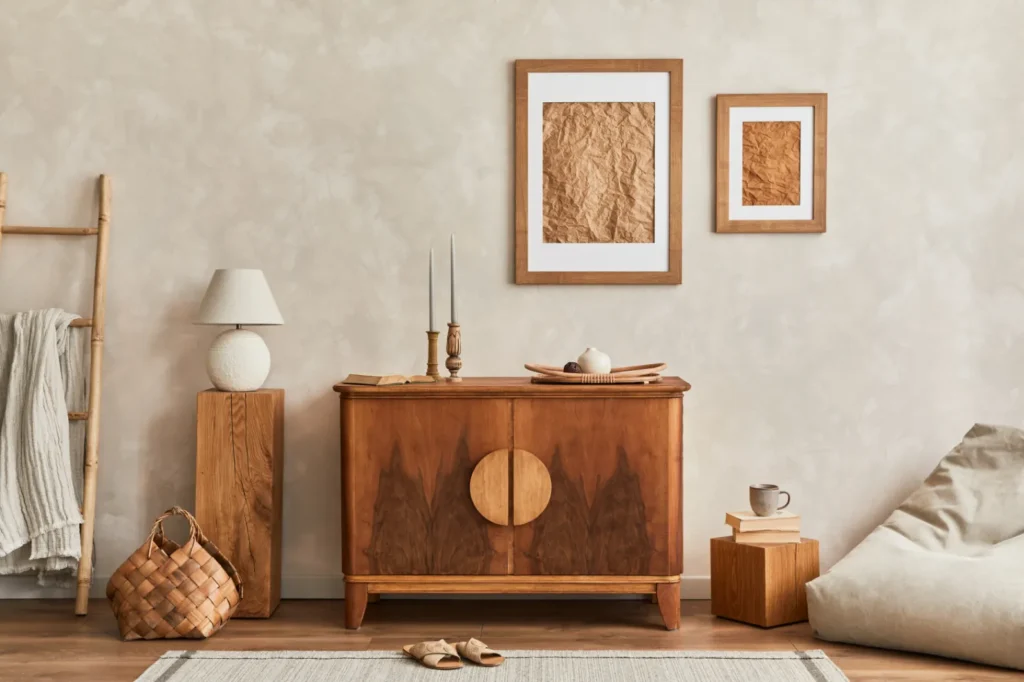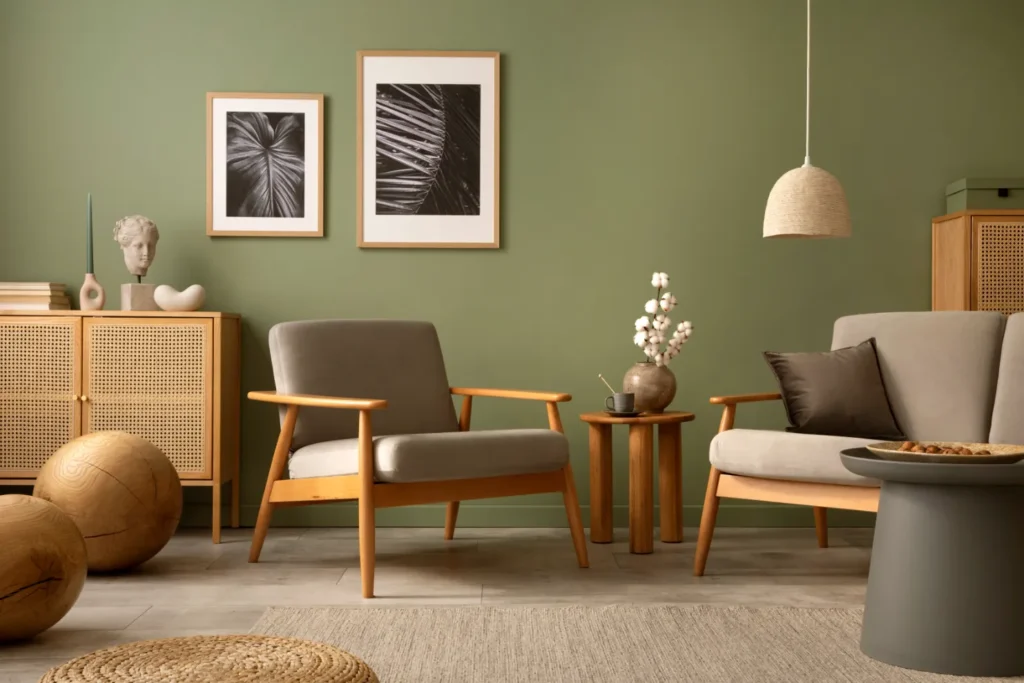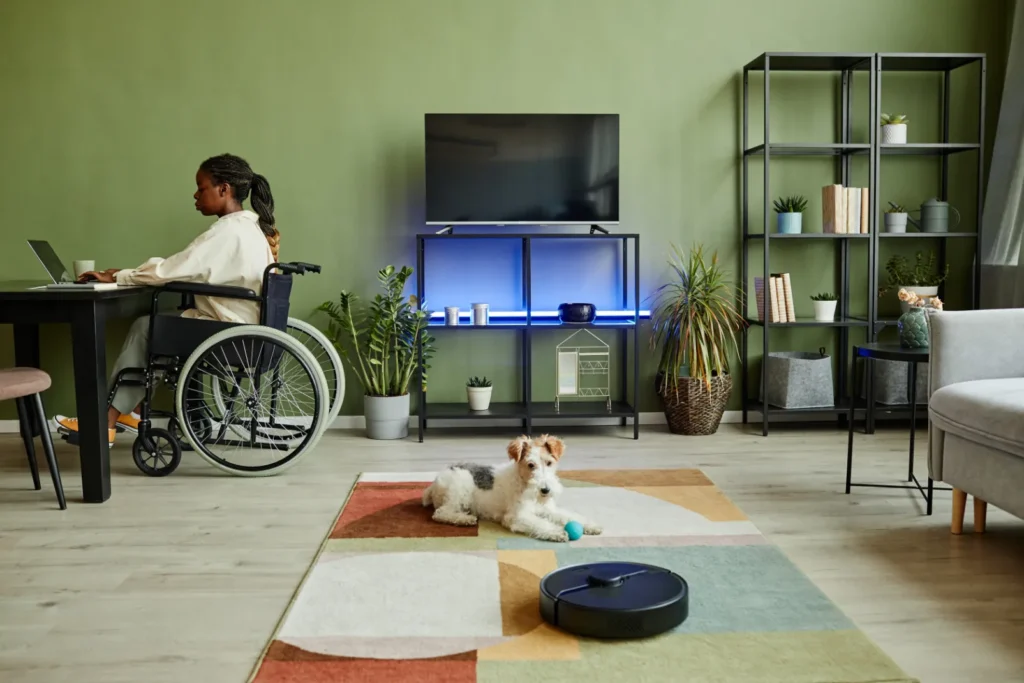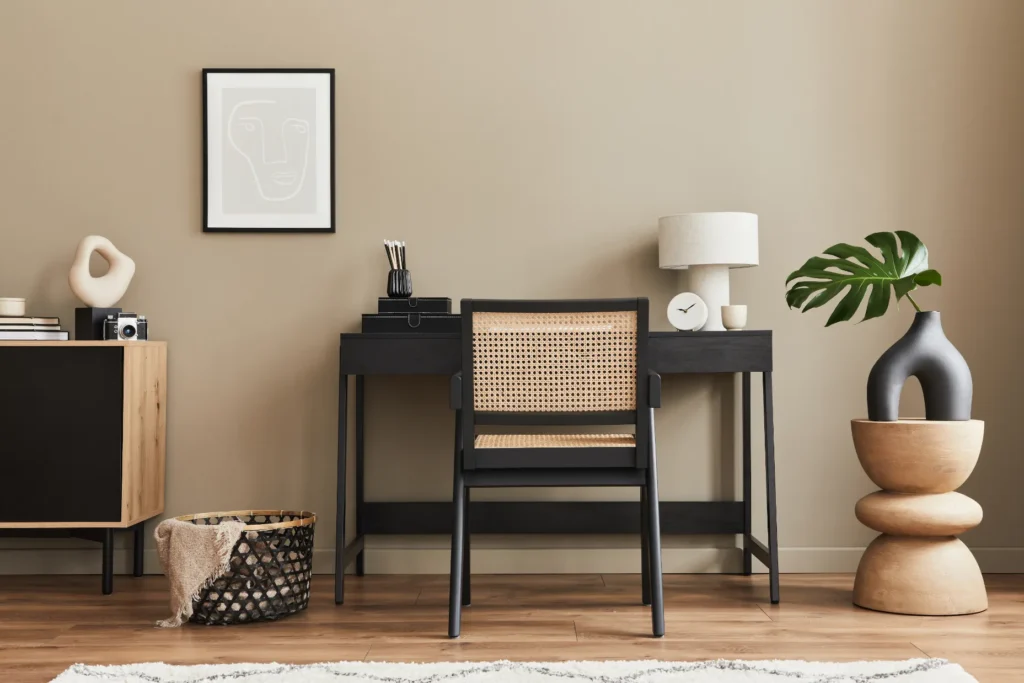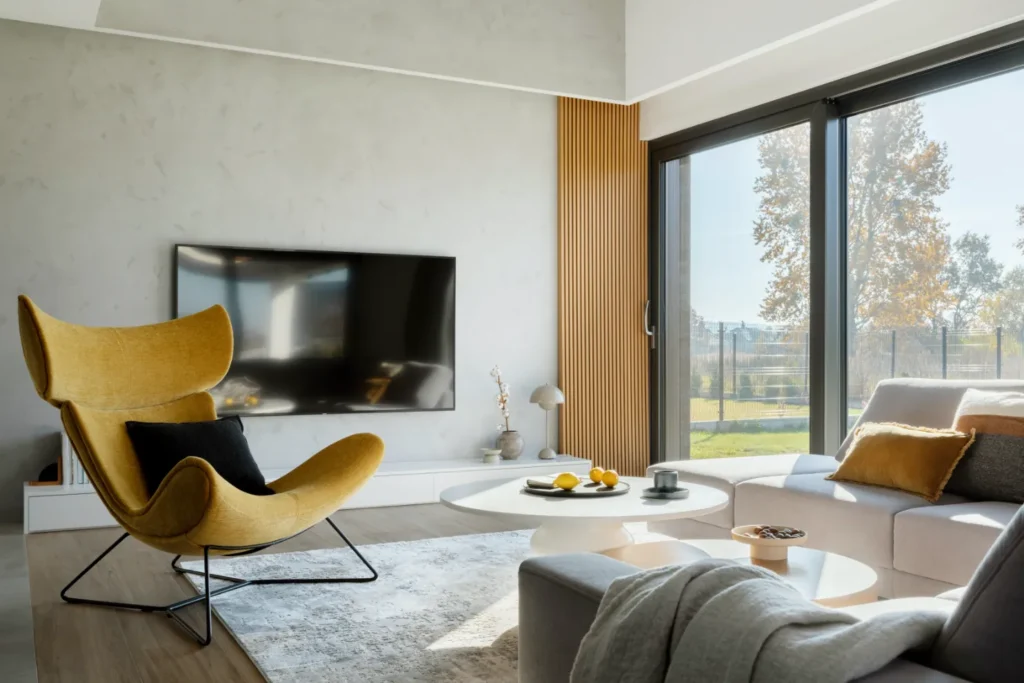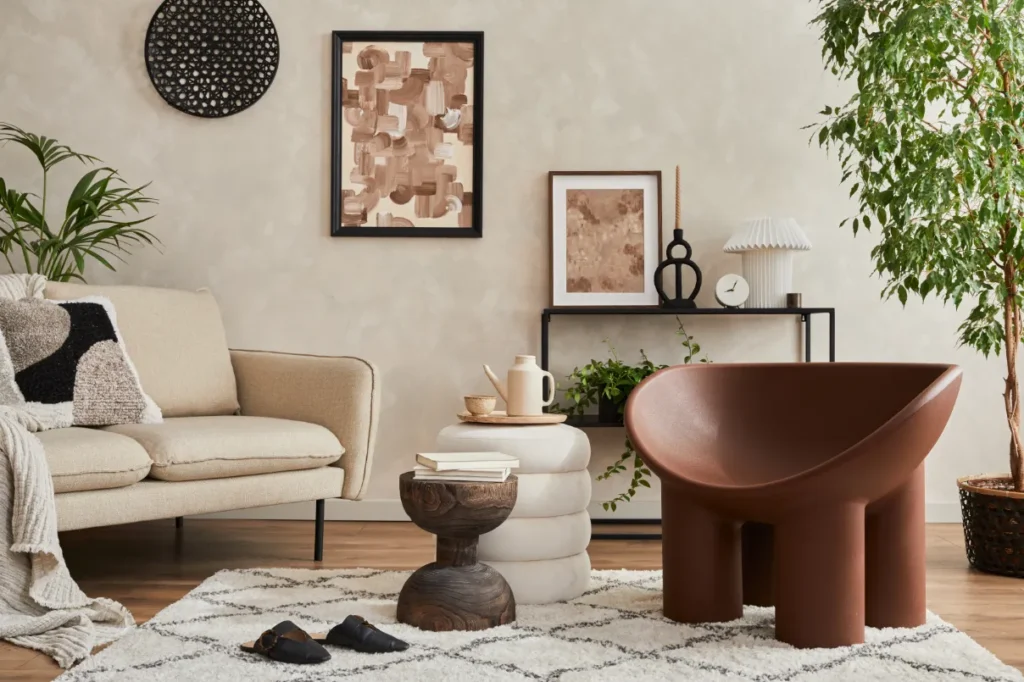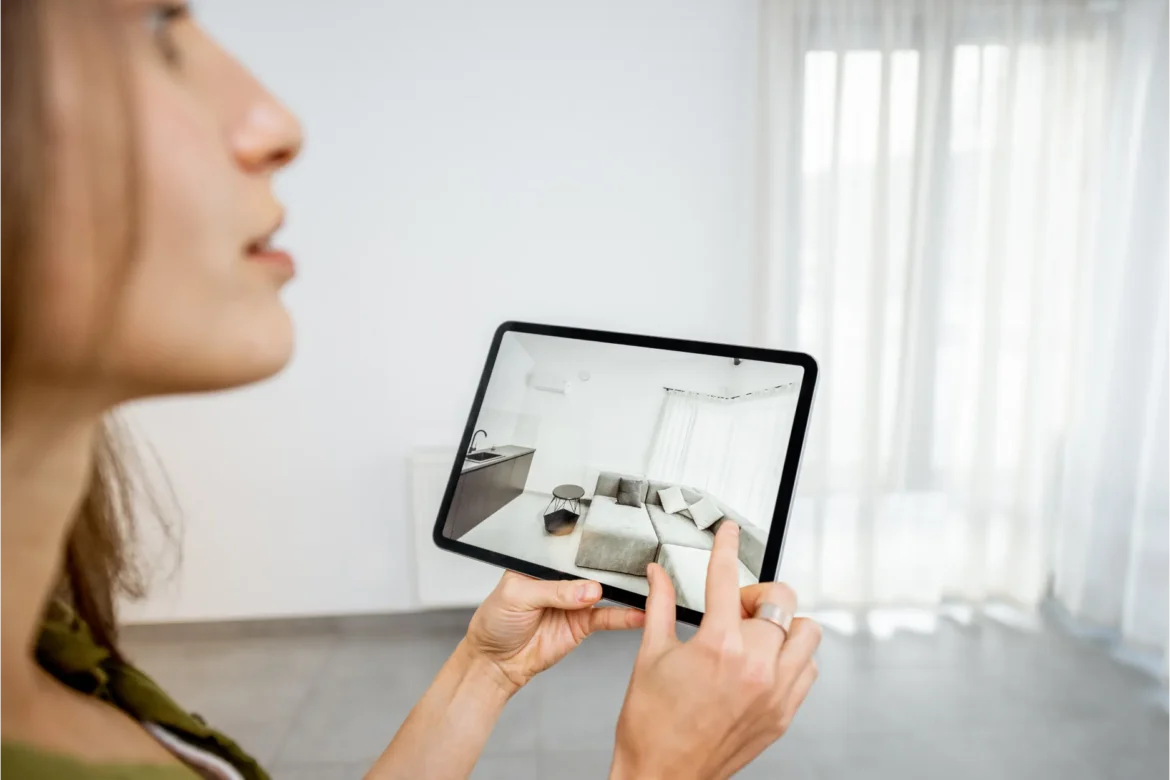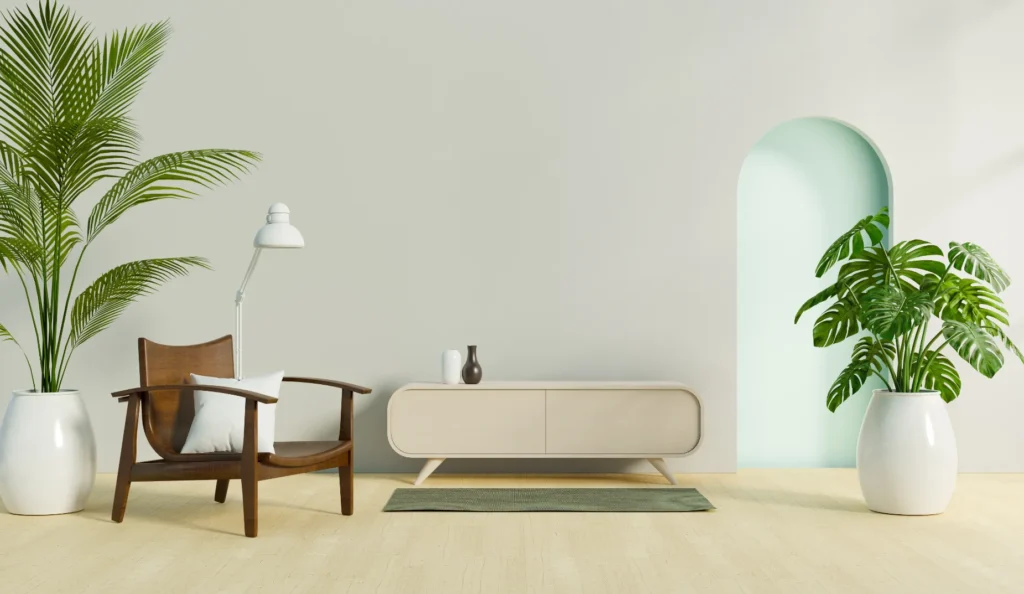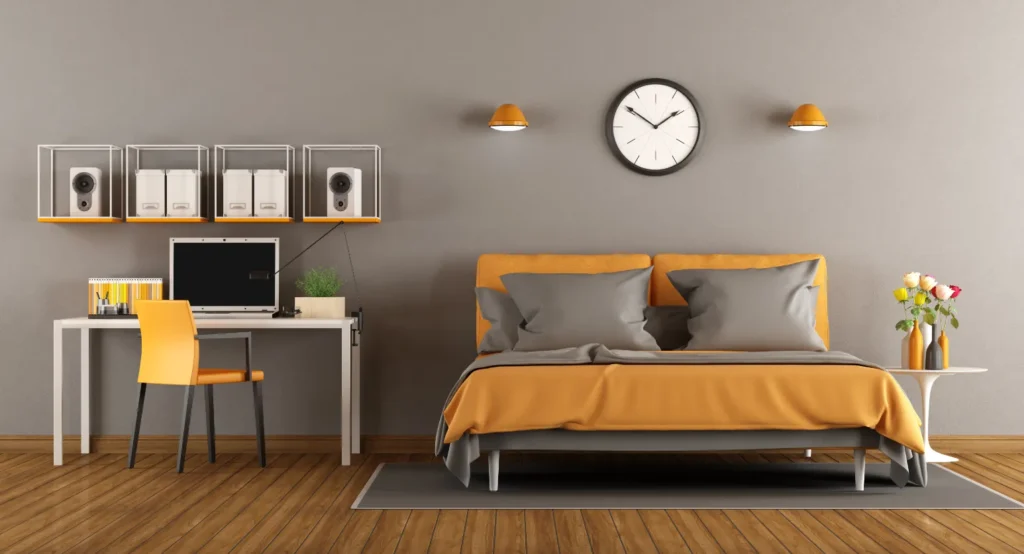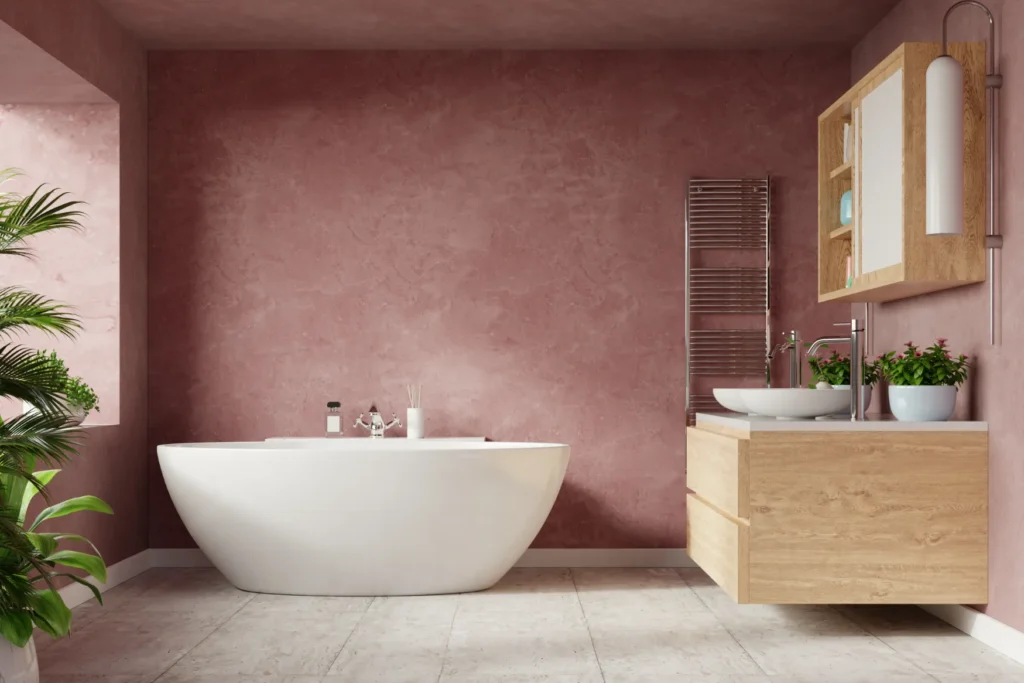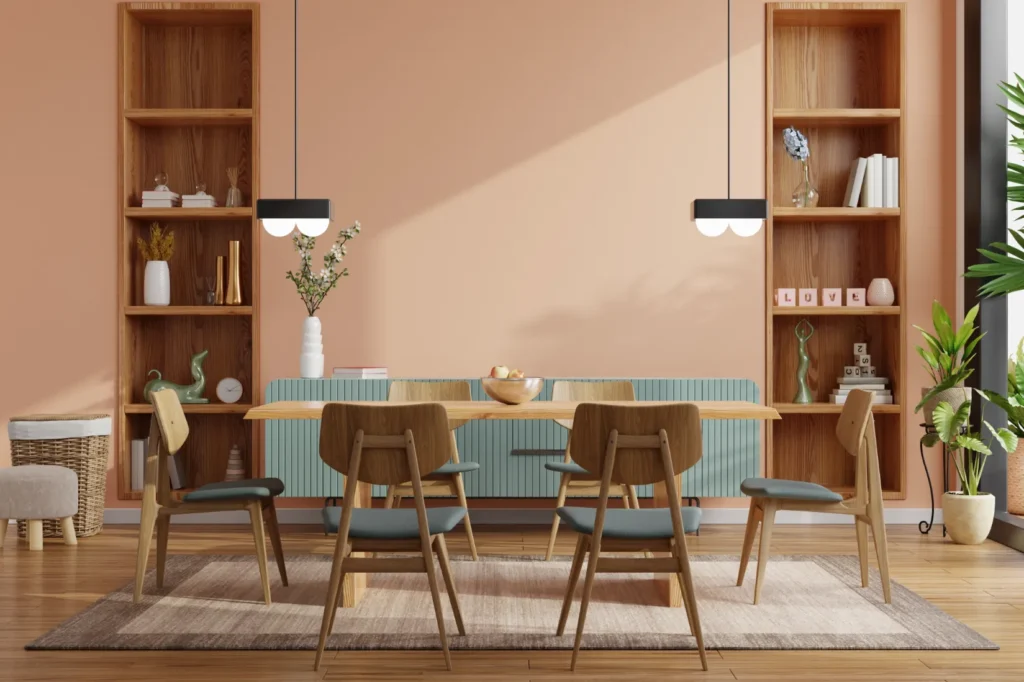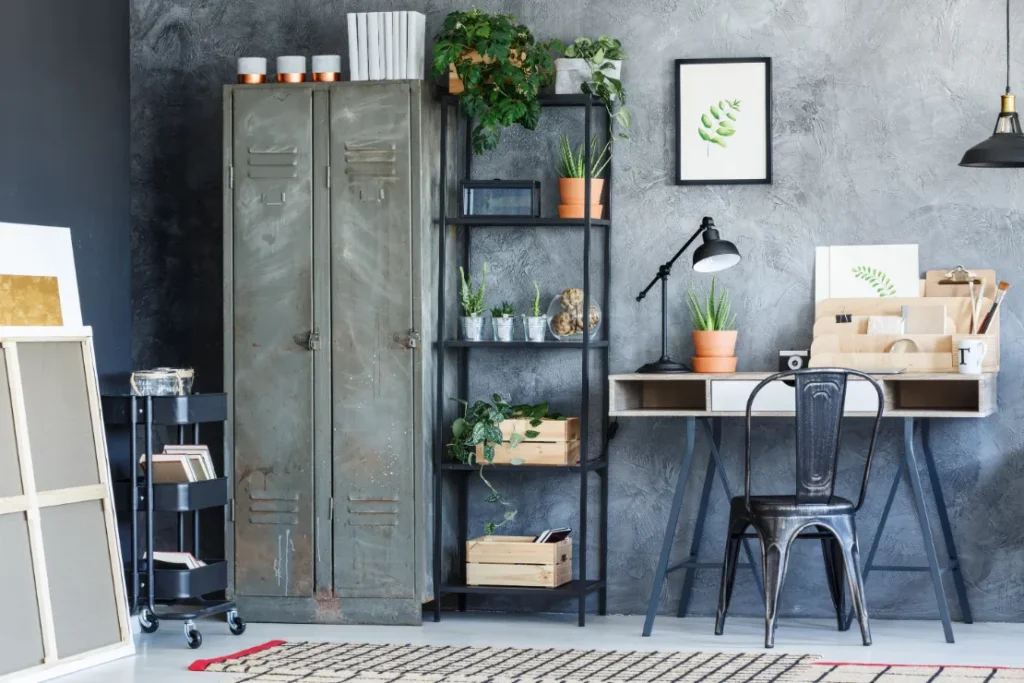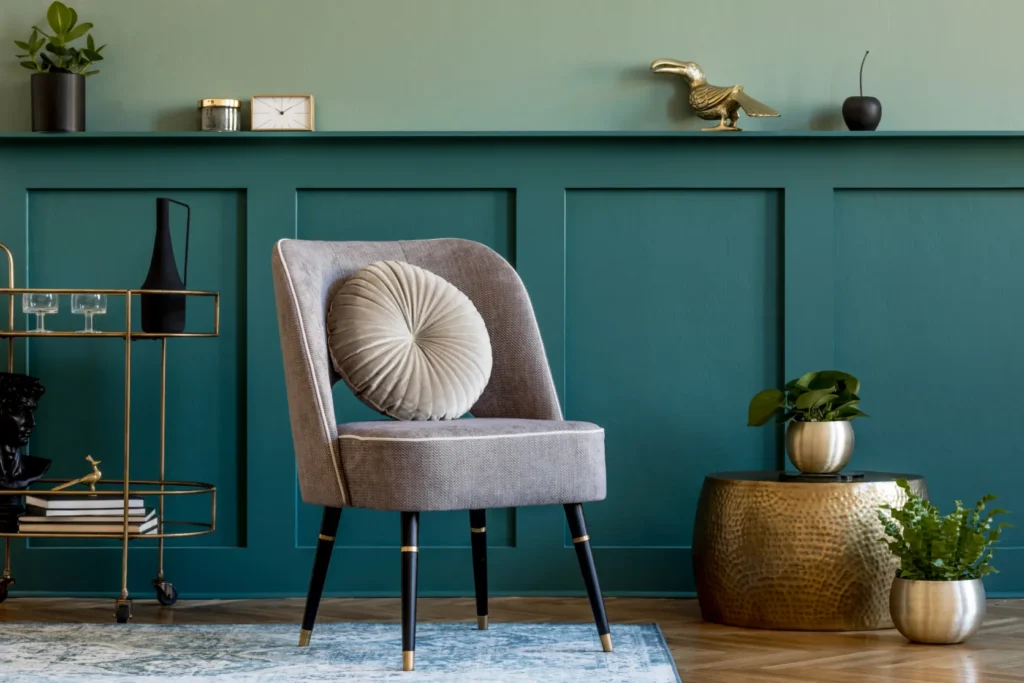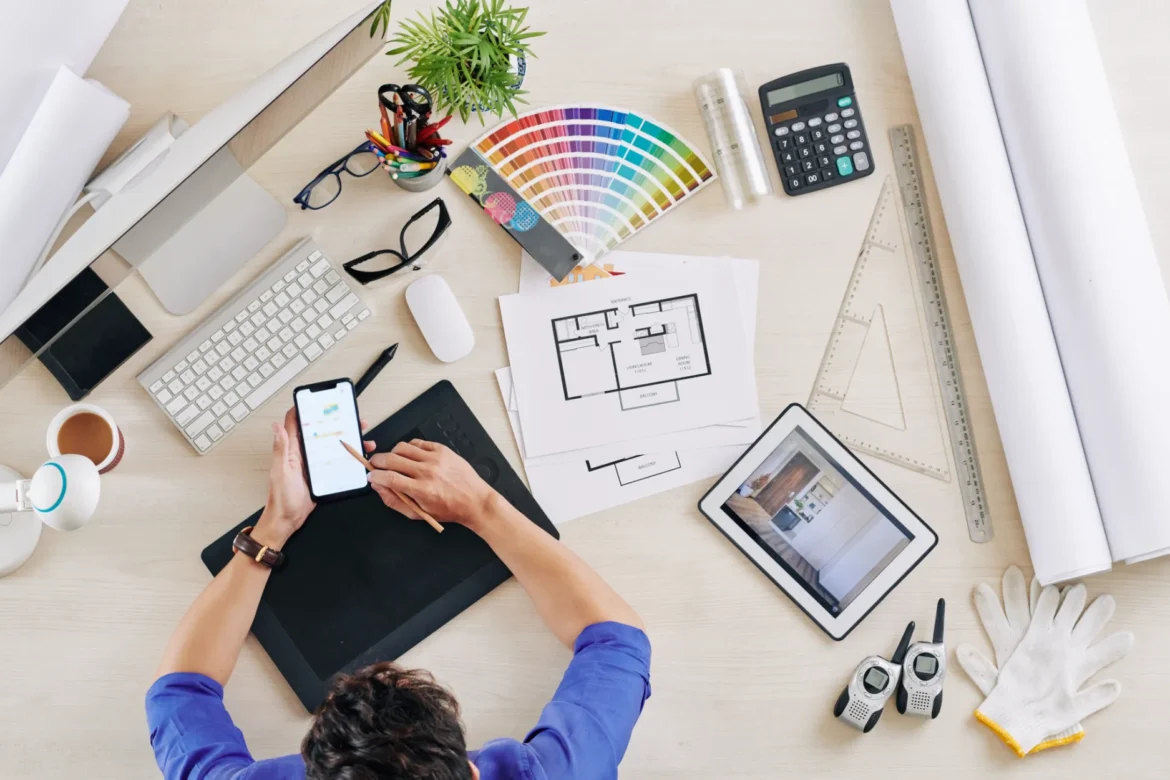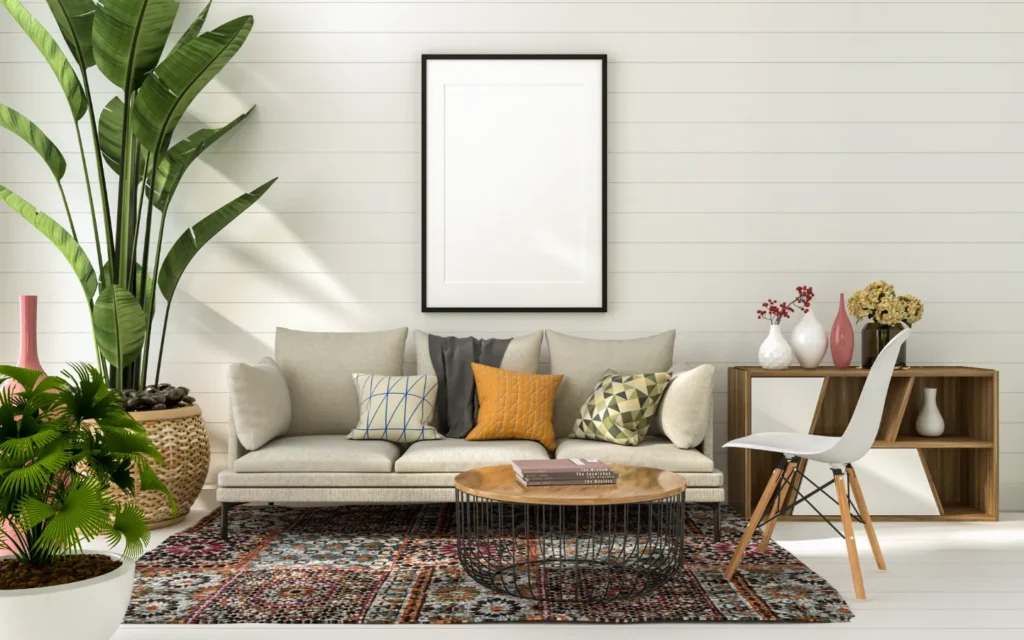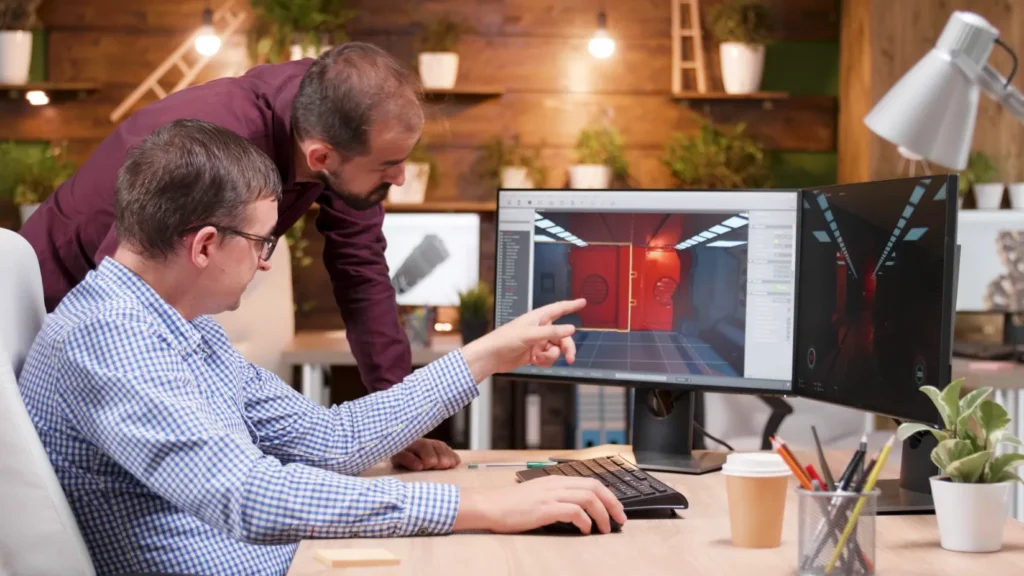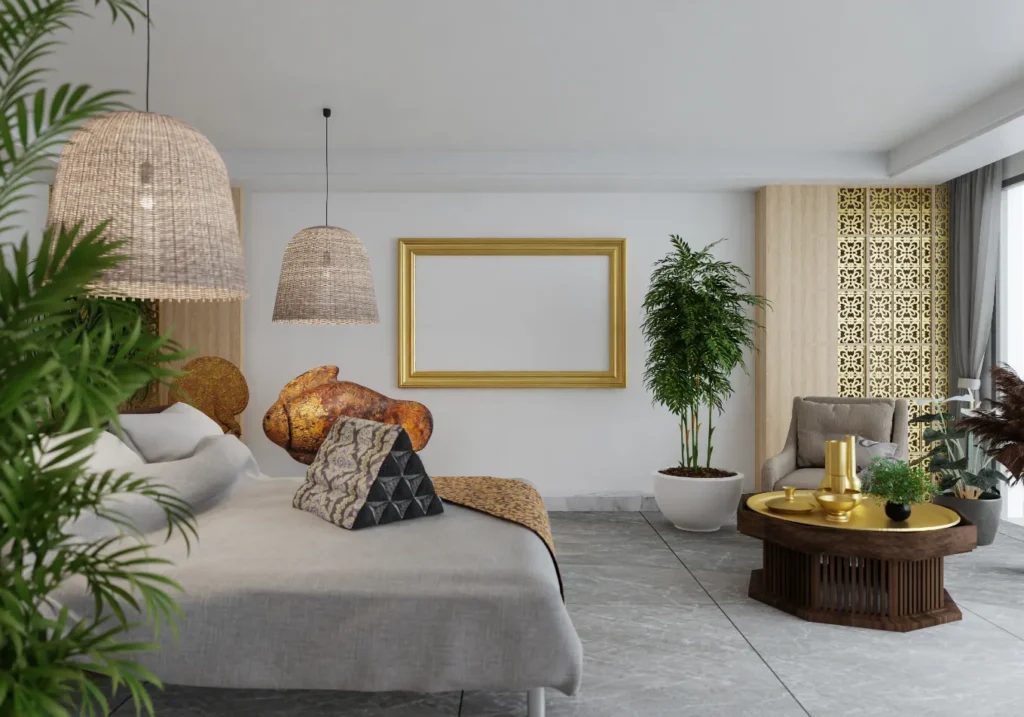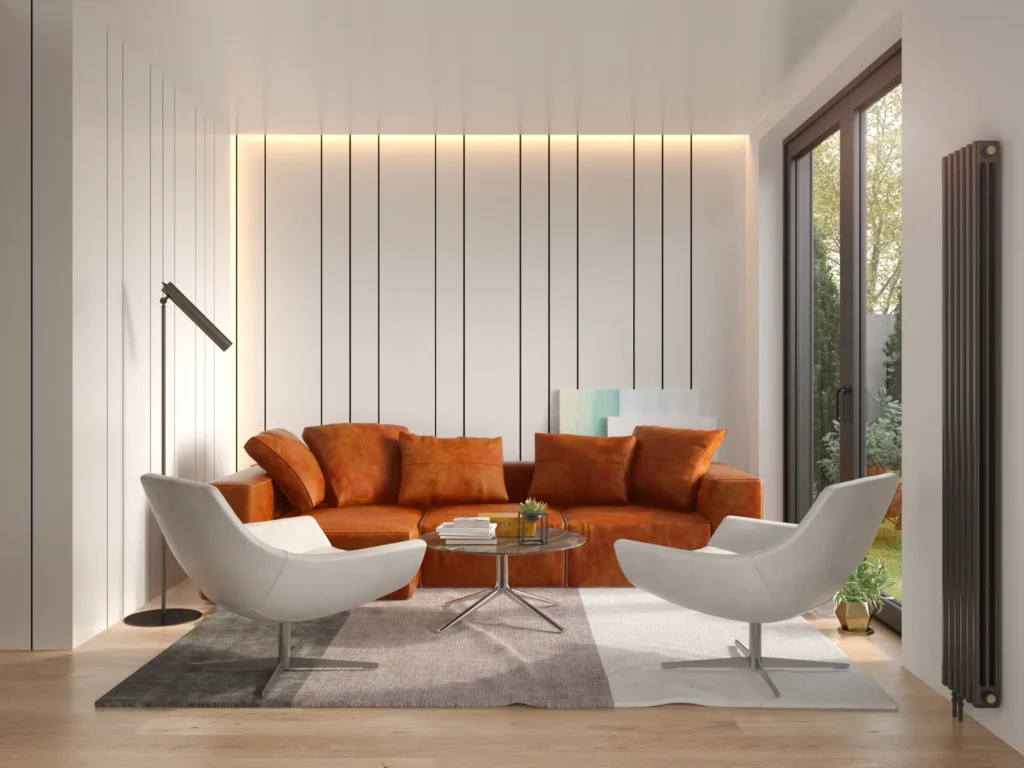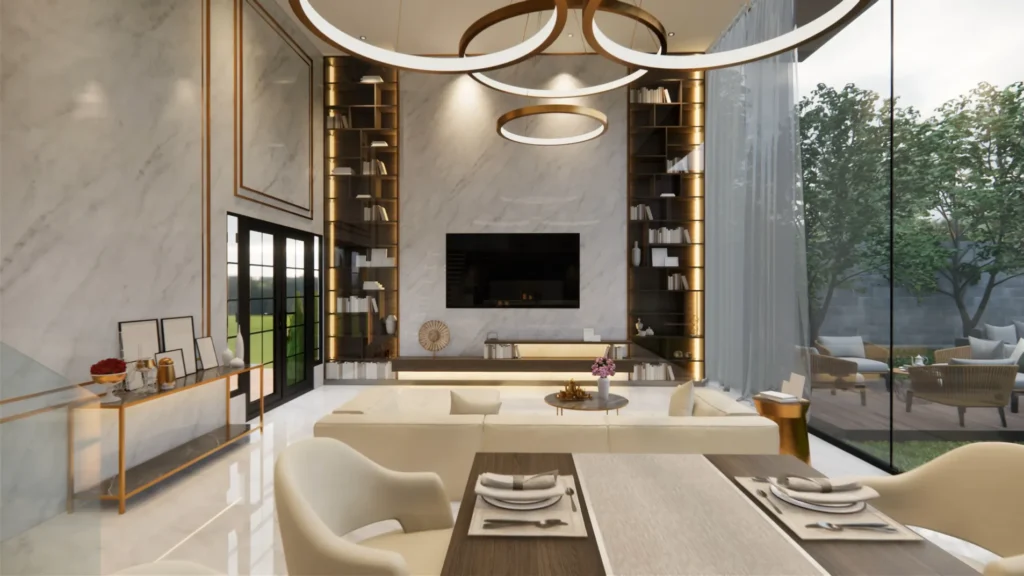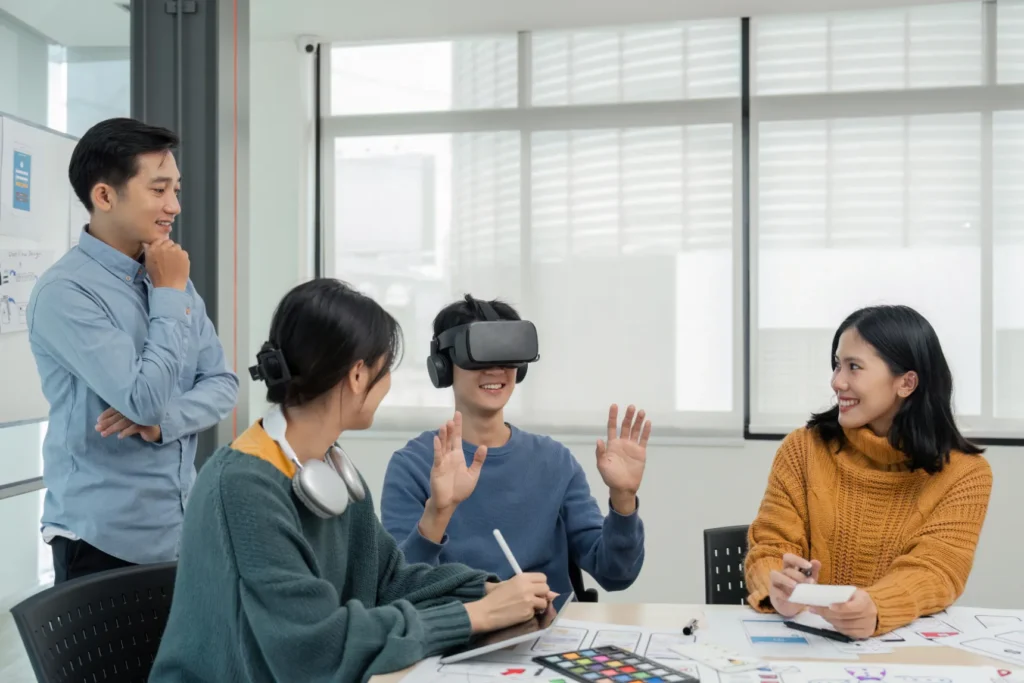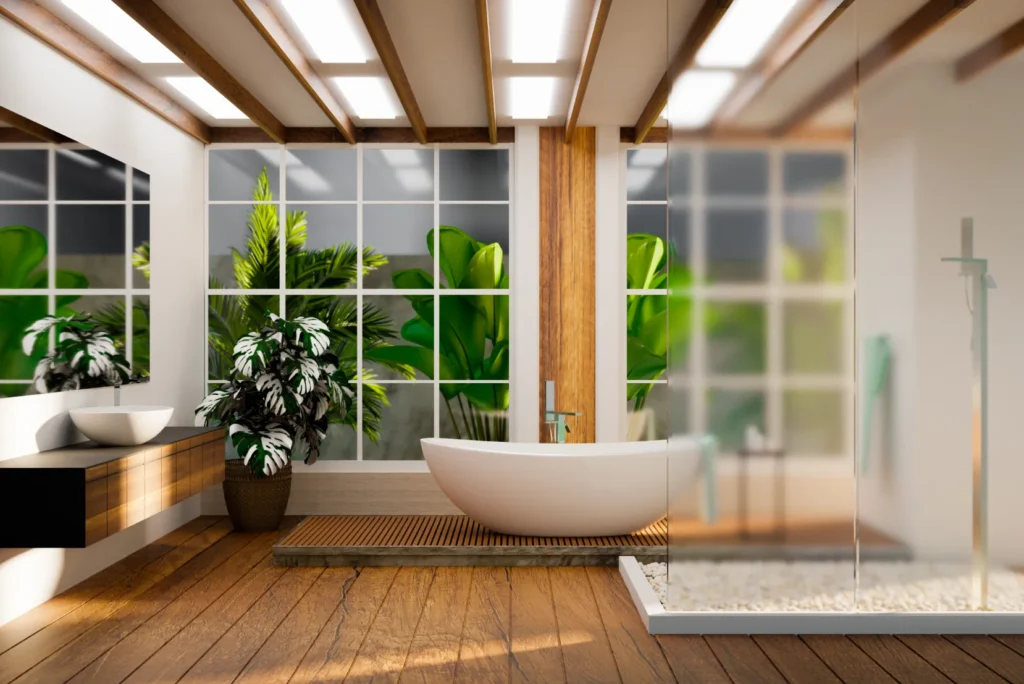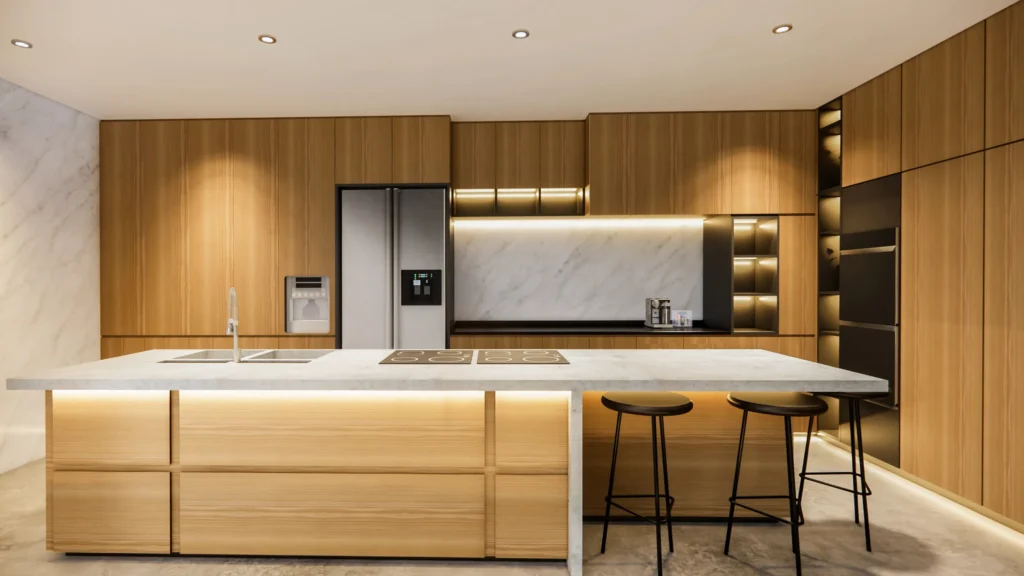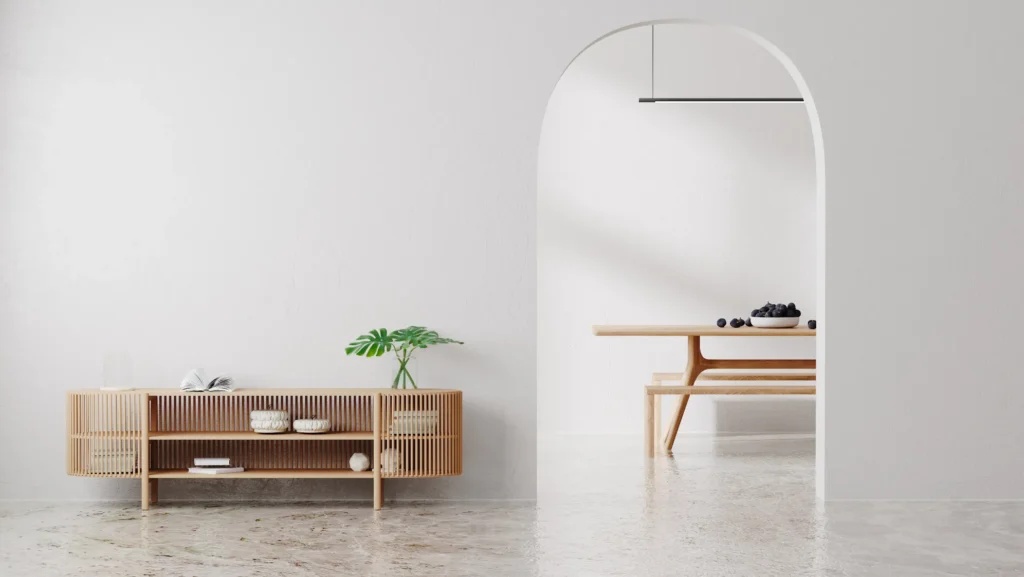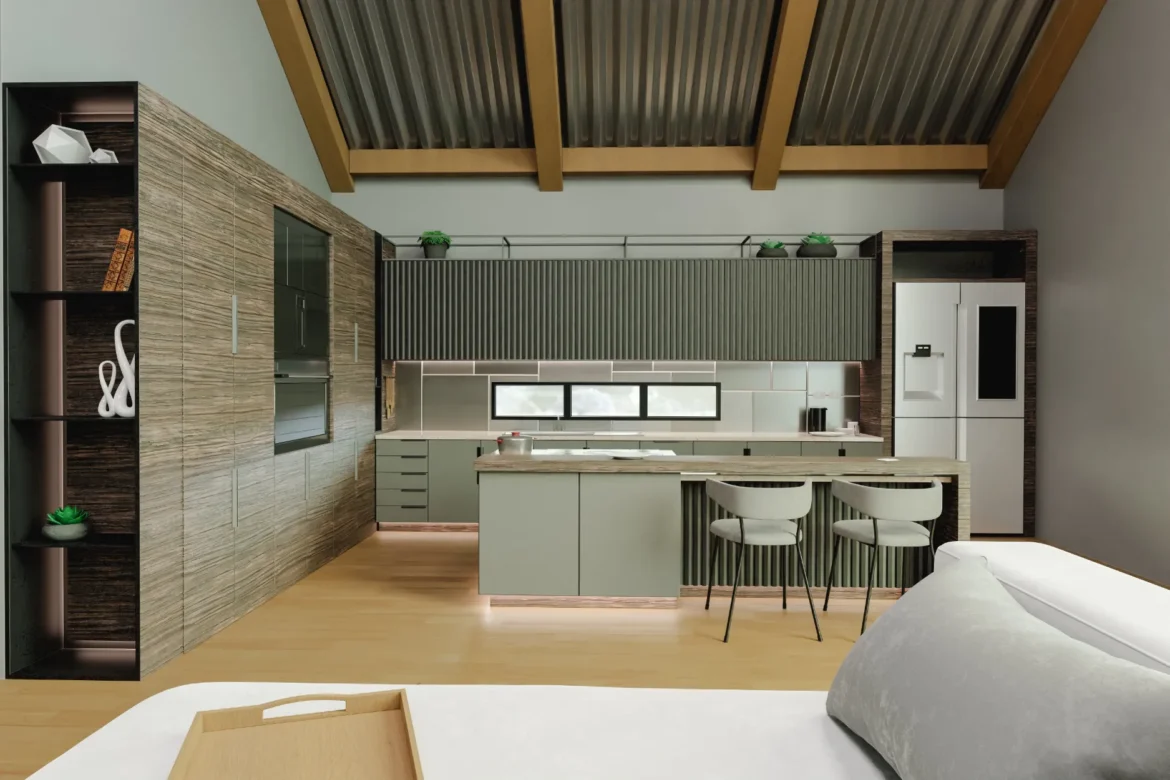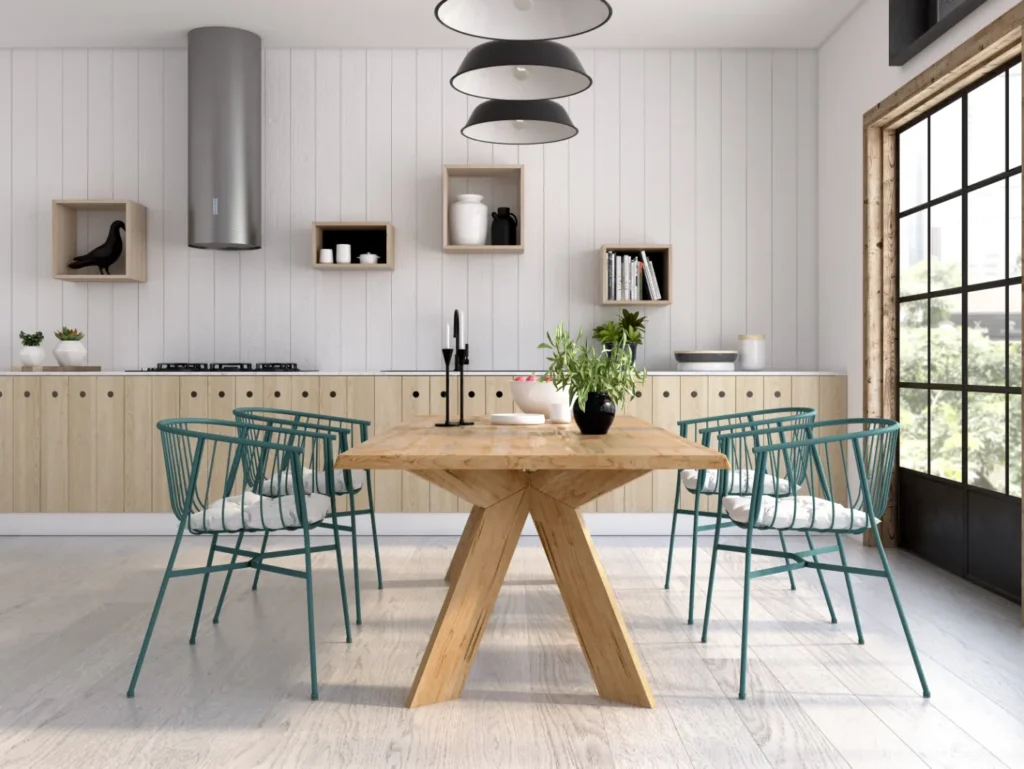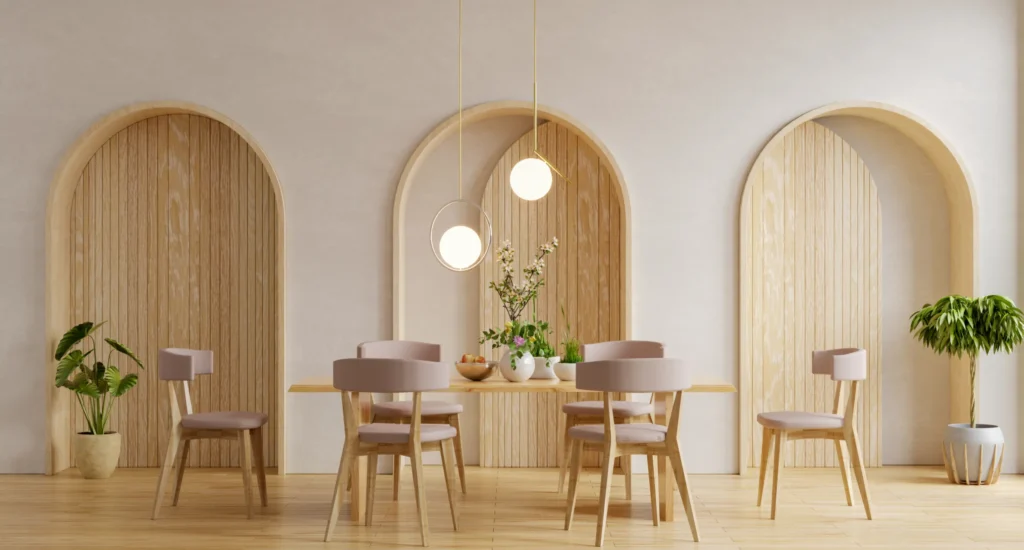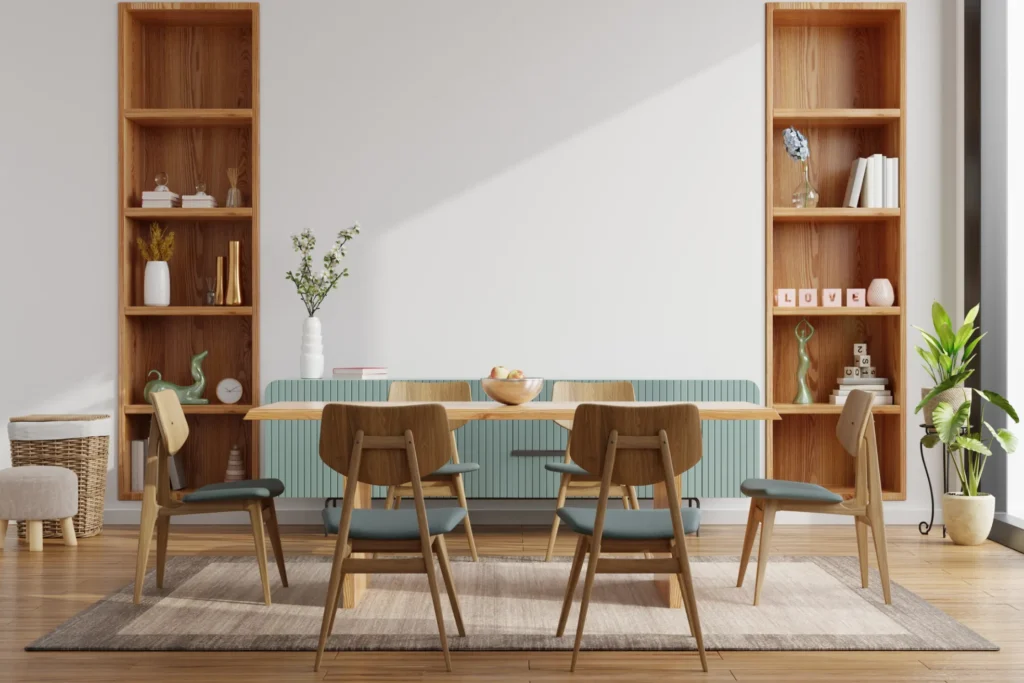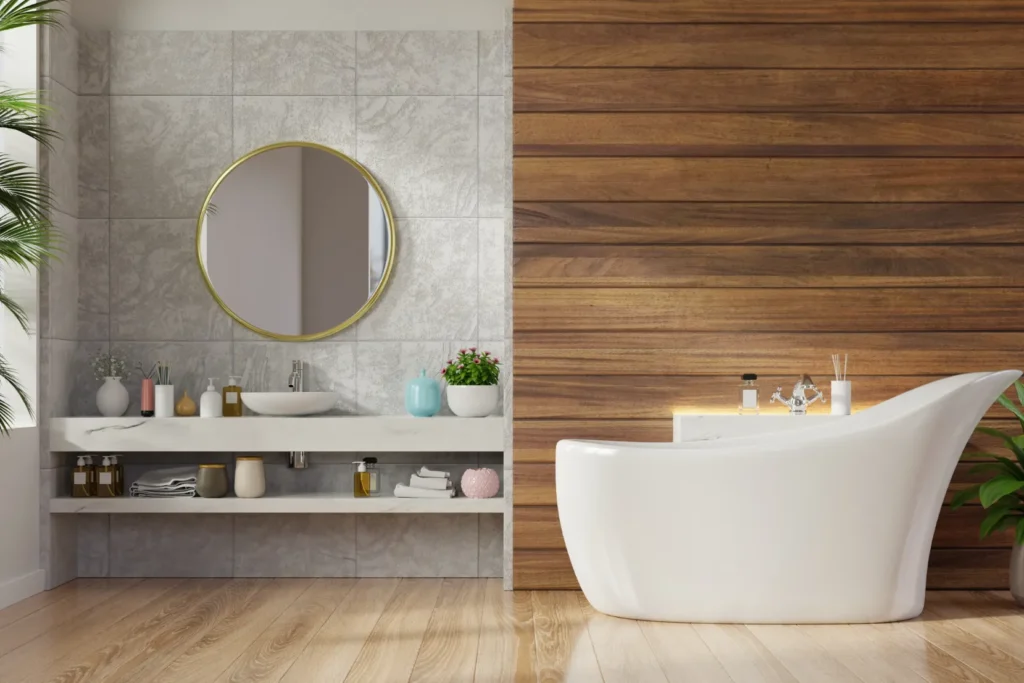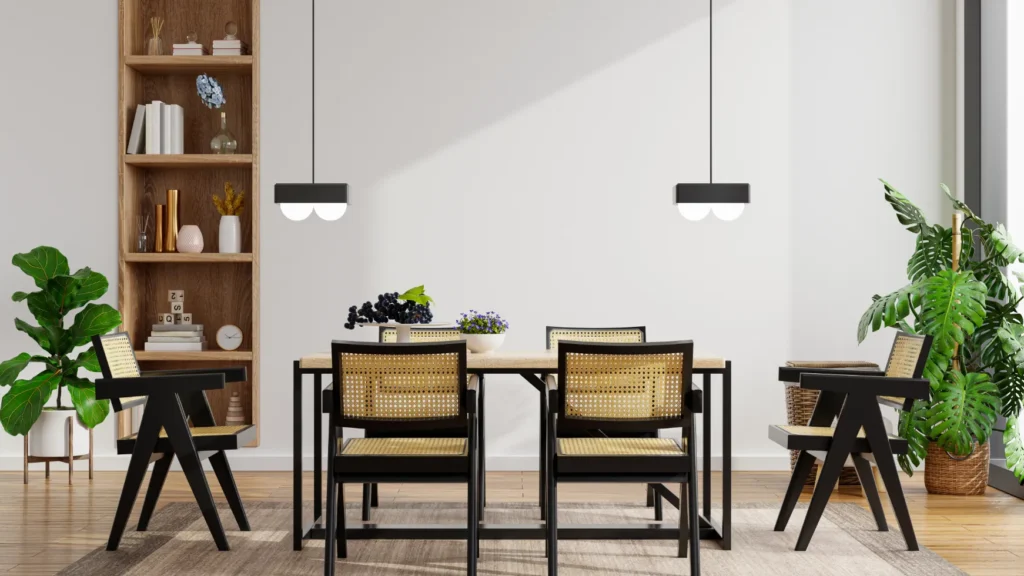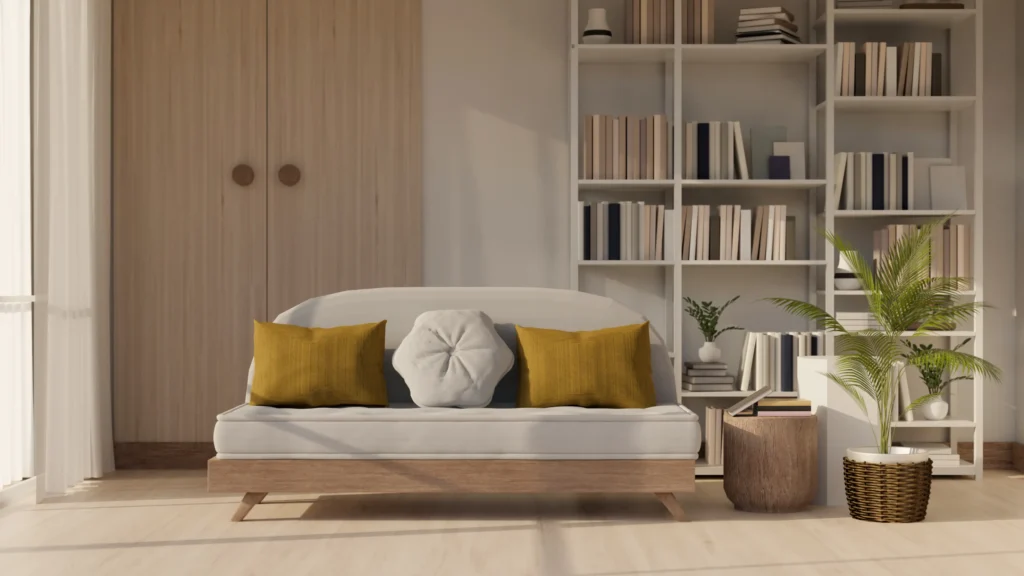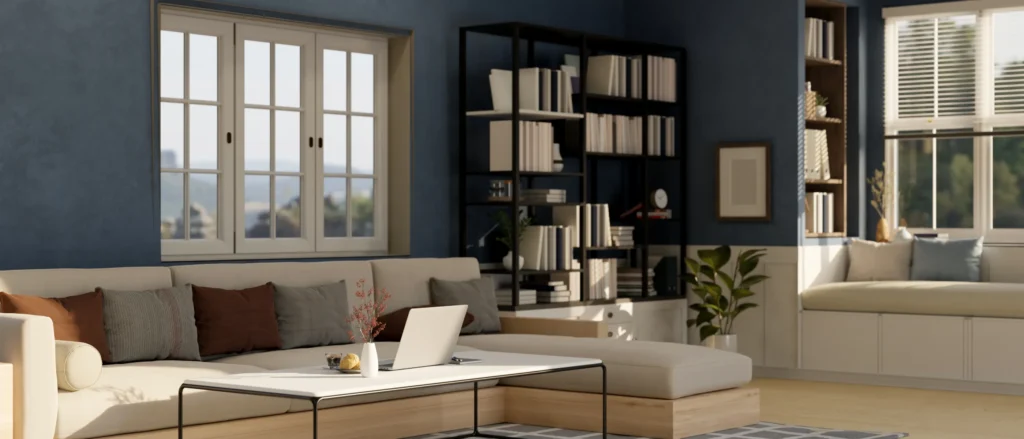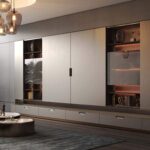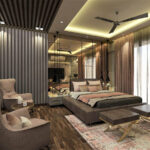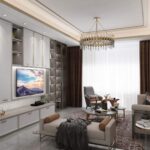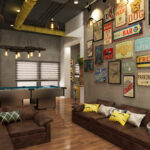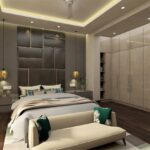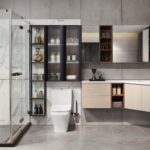Sustainable & Tech Savvy Interior Design For The Future: 7 Tips
Sustainable & Tech Savvy Interior Design For The Future: 7 Tips
Overview
Explore the future of interior design on our blog. Discover the perfect blend of innovation and aesthetics shaping full home living spaces.
In the captivating world of interior design, where aesthetics meet functionality, the landscape is undergoing a profound transformation. From the early days of hand-drawn sketches to the current era of cutting-edge technology, interior design has evolved dramatically. In the present day, the amalgamation of creative ingenuity and technological advancements is fundamentally altering the manner in which we conceive and occupy our living environments.
Imagine stepping back in time to an era when interior design was a craft practiced with pen, paper, and a keen eye for detail. The evolution of interior design has been a journey from intricate manual sketches and mood boards to the digital realm. As technology advanced, design professionals transitioned from drafting tables to sophisticated software, enhancing their ability to visualize and conceptualize spaces.
Technology has become an indispensable tool in the hands of interior designers, revolutionizing their workflows and expanding creative possibilities. The rise of digital platforms, 3D modeling software, and virtual rendering has empowered designers to communicate ideas more vividly. Incorporating technology goes beyond merely streamlining processes; it opens up an entirely new frontier of possibilities, providing designers the freedom to explore concepts and materials in previously inconceivable ways.
Enter the era of complete automation, where the marriage of technology and interior design reaches its zenith. This concept transcends conventional boundaries, offering a seamless blend of innovation and practicality within our living spaces. Complete automation in home interior design signifies a paradigm shift, where smart homes become intelligent canvases, responding to our needs and preferences with remarkable precision.
The Revolution of Smart Homes
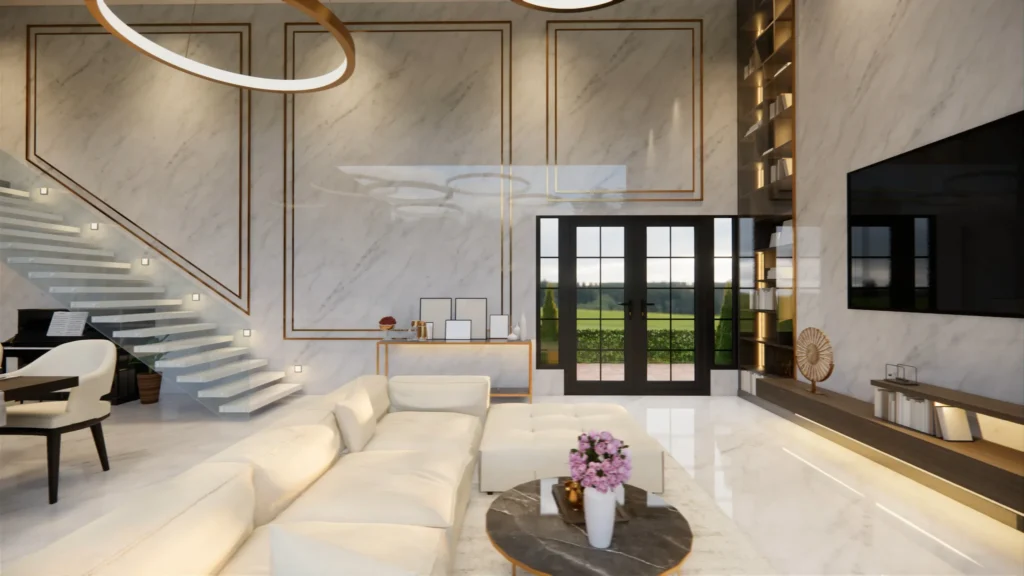
In the vast realm of design, smart homes emerge as transformative superheroes, showcasing the inseparable bond between technology and our domestic spaces. Join us as we delve into this technological symphony, exploring how it is reshaping the very essence of how we envision and design our homes.
Demystifying Smart Homes
Smart homes transcend the ordinary, functioning as homes with superpowers where an array of devices collaborates seamlessly. Imagine lights, thermostats, security systems, and entertainment gadgets working in harmony, creating an intelligent living space that adapts to its inhabitants.
Infusing Smart Home Tech into Design
For designers, the integration of smart home technology becomes a secret ingredient, allowing them to blend aesthetics with intelligence. This technological fusion enables designers to craft spaces that dynamically respond to the unique needs and preferences of the occupants, marking a paradigm shift in design philosophy.
The Universal Appeal of Smart Homes
Beyond the sheer convenience they offer, smart homes are like personal assistants for everyone involved. Designers revel in the opportunity to showcase their skills in this evolving landscape, while homeowners bask in the luxury of a living space that caters to their every whim. The benefits extend to energy efficiency, heightened security, and the creation of truly personalized living environments.
Integrating Smart Homes into Interior Design Projects
Consider stepping into a room where lighting, temperature, and entertainment synchronize effortlessly, responding to a mere voice command. These tales of successful integration exemplify how smart home technologies seamlessly merge with the fabric of interior design. Kitchens with appliances that anticipate needs and bedrooms with curtains attuned to preferences illustrate the versatility of tech in accommodating diverse design sensibilities.
Artificial Intelligence in Interior Design

We are in an era where technology meets creativity in the realm of full home interior design. Here in this section, we’re unwrapping the exciting role of Artificial Intelligence (AI). It’s more than a trend; it’s a total makeover of how designers approach and accomplish their projects.
Introduction to AI and its Applications in Design
Artificial Intelligence, commonly known as AI, isn’t just science fiction—it’s a game-changer for how we design spaces. Essentially, AI involves machines thinking smart, like humans. When we apply AI to design, it opens up a world of exciting possibilities. From understanding design preferences to predicting trends, AI becomes a design assistant with an extraordinary knack for learning and adapting.
How AI Assists in Space Planning and Furniture Selection
Imagine having a virtual design assistant that can analyze the dimensions of a room, consider the preferences of the occupants, and then propose an optimal layout. AI, indeed, makes this a reality. In full home interior design, AI aids in space planning, ensuring that every square foot is optimized for both aesthetics and functionality. When it comes to selecting furniture, AI algorithms can analyze styles, colors, and materials, offering suggestions that align perfectly with the envisioned design.
Successful AI Implementation
Consider an AI-driven system that processes vast amounts of data on design trends and user preferences to inform the creation of a harmonious, personalized living space. This highlights the tangible impact of AI on transforming ideas into tangible, aesthetically pleasing realities.
The Impact of AI on the Decision-Making Process
AI isn’t just a tool; it’s a decision-making companion for interior designers. The ability of AI to process data at unprecedented speeds allows designers to make informed choices. Whether it’s selecting color palettes, determining spatial arrangements, or predicting the popularity of certain design elements, AI empowers designers to navigate the complexities of full home interior design with confidence.
Automation in Lighting and Ambiance
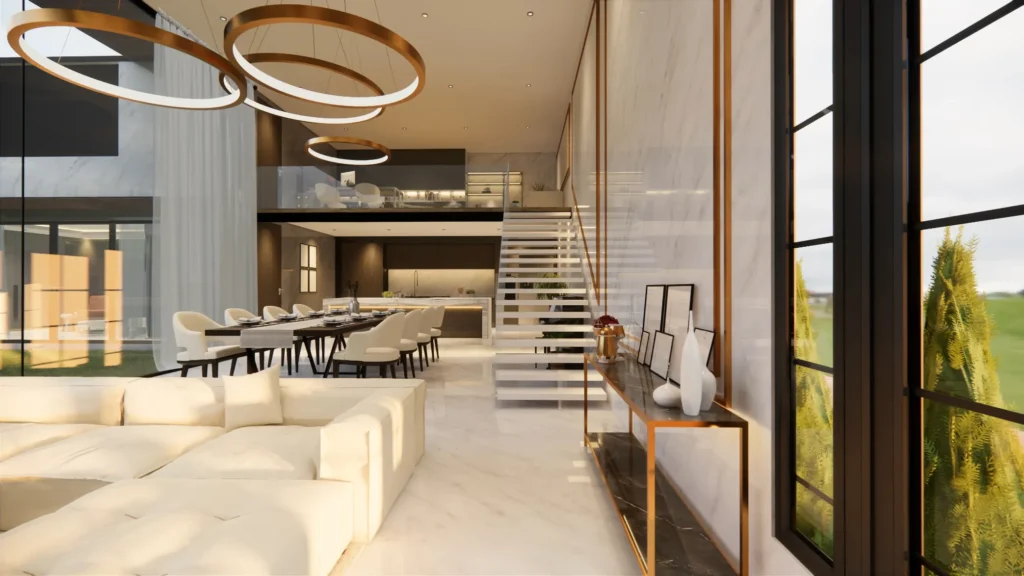
In the realm of full home interior design, the evolution of lighting isn’t just about bulbs and switches anymore. Let’s uncover how automation is transforming lighting and setting the mood in our living spaces.
Smart Lighting Systems and Role in Interior Design
Smart lighting isn’t just about turning lights on and off; it’s about creating an atmosphere. These systems provide a variety of choices, allowing you to adjust brightness, and switch colors, all with a simple button press or an easy voice command. Designers use these versatile systems to set the perfect ambiance, highlighting focal points or creating different moods throughout the day.
Automation of Ambient Settings Through Technology
Imagine your home responding to your needs without you lifting a finger. With automated ambient settings, technology can adjust lighting based on factors like the time of day, natural light levels, or even your presence in the room. It’s about creating a comfortable environment that adapts to you, enhancing the overall feel of the space.
Energy Efficiency and Sustainability in Automated Lighting
Automated lighting goes beyond just being convenient; it also prioritizes environmental friendliness. These systems intelligently manage energy consumption by optimizing usage. For instance, sensors can detect when a room is empty and adjust lighting accordingly, contributing to energy savings and promoting sustainability in home design.
Creative Use of Automated Lighting
Designers wield automated lighting as a tool for creativity. Picture a living room with dynamic lighting that accentuates artwork or changes with the mood during gatherings. Illuminating staircases or architectural features with automated lighting not only adds flair but also emphasizes the unique character of the space.
Consider a kitchen where lights adjust to different tasks throughout the day, from bright for cooking to softer hues for winding down in the evening. These examples showcase how automated lighting isn’t just about function; it’s a powerful tool for shaping the atmosphere and personality of a home.
Also Read: Light Up Your Interior Design Projects Like Never Before With These 6 Types Of Lighting
Virtual Reality (VR) and Augmented Reality (AR)
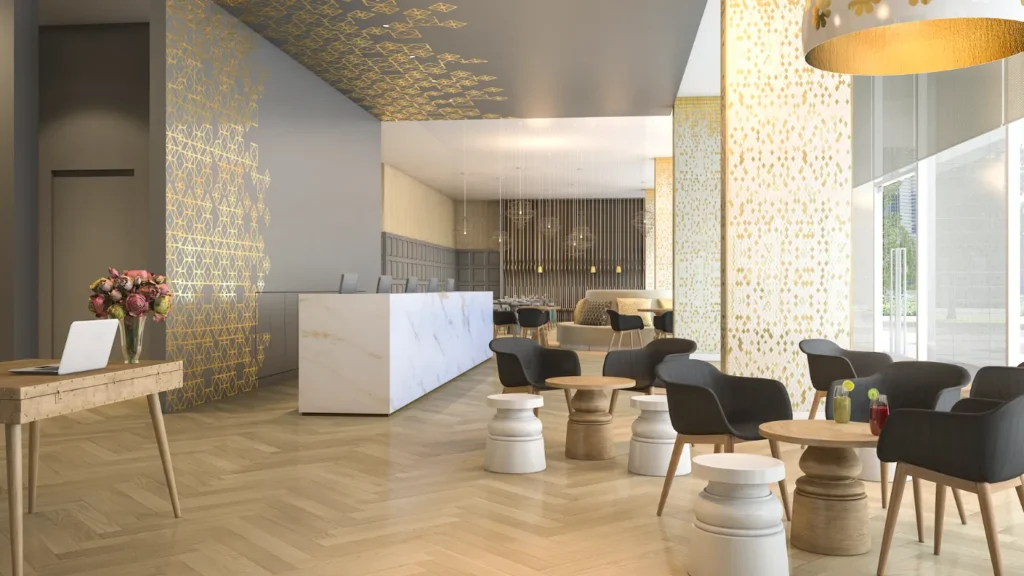
In the dynamic world of complete home interior design, Virtual Reality (VR) and Augmented Reality (AR) stand out as potent tools, elevating the design journey to unprecedented levels.
Immersive Experiences in Interior Design through VR and AR
Step into a world where designs come to life before they’re even built. VR and AR create immersive experiences, allowing designers and clients to virtually step into spaces that exist only in the realm of imagination. It’s like having a sneak peek into the future of your home.
Virtual Walkthroughs for Clients using VR
Imagine walking through your dream home before a single brick is laid. VR offers virtual walkthroughs, enabling clients to explore every nook and cranny of their future living space. This not only improves communication between designers and clients but also guarantees a shared understanding when it comes to bringing the envisioned design to life.
AR Applications for Visualizing Furniture and Decor in Real-Time
Augmented Reality brings a touch of magic to the shopping experience for furniture and decor. With AR applications, you can visualize how that new sofa or artwork will look in your actual living room, just like the Ikea application. Point your device, and voila – the virtual world blends seamlessly with the real, aiding in making informed decisions about interior elements.
The Future Potential of VR and AR in Transforming the Design Process
The journey doesn’t end with what we see today; the future potential of VR and AR in full home interior design is boundless. Picture a scenario where you can tweak your design in real-time during a virtual meeting with your designer. The evolving technologies promise to make the design process more interactive, collaborative, and efficient.
Consider the case of a homeowner using VR to experiment with different color schemes or a designer collaborating with clients through AR to instantly visualize layout changes. These innovations go beyond being mere tools; they serve as gateways to a future where the lines between imagination and reality continually fade away.
Also Read: Sustainability And Interior Design: 5 Best Practices And Their Importance
Robotics in Furniture and Space Arrangement
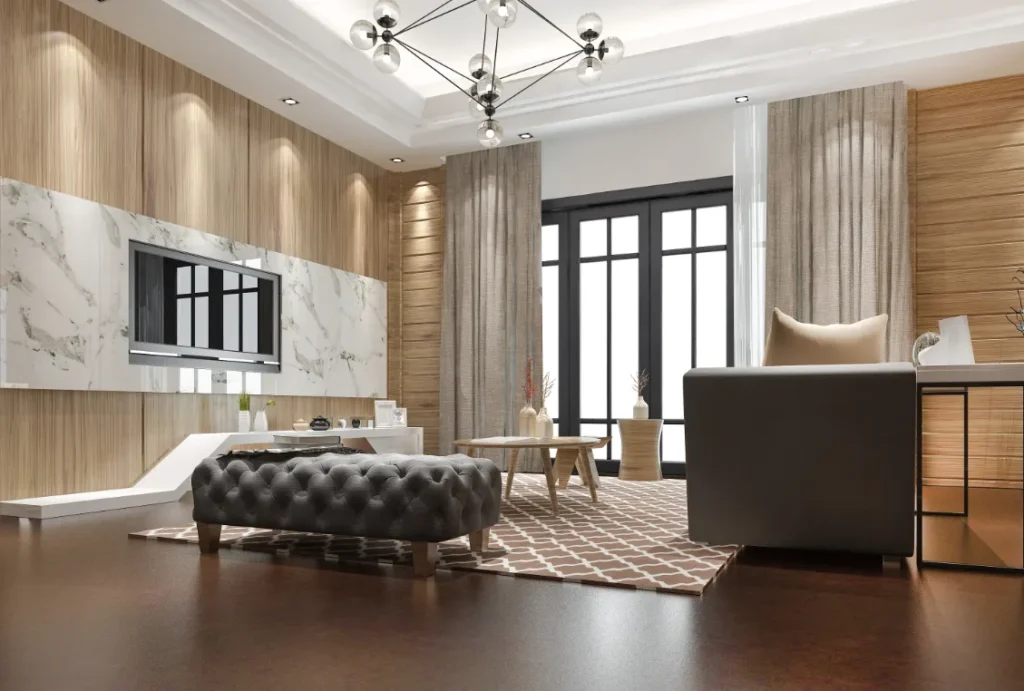
In the ever-evolving landscape of full home interior design, the infusion of robotics into furniture and space arrangement has transcended the realm of imagination, ushering in an era of dynamic and responsive living environments.
Integration of Robotics in Furniture Design
Step into a home where your furniture responds to your needs – this is the magic of integrating robotics into furniture design. Picture a smart sofa that adjusts its configuration based on your activity, whether it’s movie night or a cozy reading session. Robotics is transforming furniture from static pieces to interactive elements that seamlessly adapt to our lifestyles.
Modular and Adaptable Furniture for Dynamic Living Spaces
Modularity meets innovation with the advent of robotic technology, giving rise to furniture that effortlessly transforms to meet the demands of dynamic living. Imagine a dining table that extends or retracts based on the number of guests or a modular shelving unit that rearranges itself to accommodate changing storage needs. This not only maximizes space utilization but also ensures that our living spaces can evolve with us.
Challenges and Opportunities in Incorporating Robotics in Interior Design
As we embrace the potential of robotics in full-home interior design, we encounter both challenges and opportunities. The opportunity lies in the ability to enhance functionality and introduce cutting-edge features. However, the challenge lies in seamlessly integrating these technologies without compromising on the aesthetic appeal and comfort of the living space. Achieving the perfect equilibrium is crucial to guarantee that the integration of robotics enhances the overall design experience.
Smart Materials and Surfaces
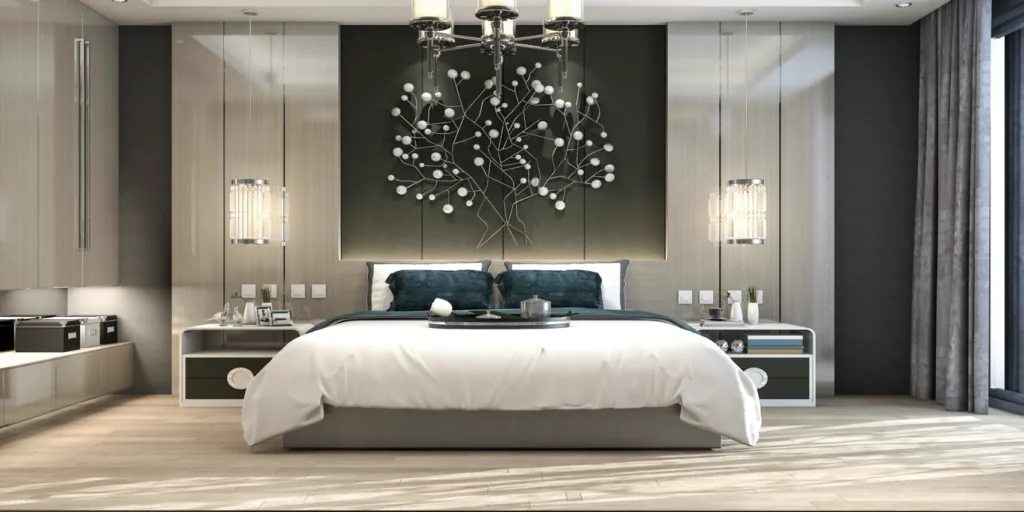
In full home interior design, the introduction of smart materials and surfaces emerges as a revolutionary stride, transforming not just the aesthetics but the very essence of our living spaces.
Smart Materials in Interior Design
Unlike traditional materials, smart materials possess the ability to adapt, react, and even communicate. This innovation opens up a world of possibilities, ushering in an era where our homes actively respond to our needs.
Self-Adjusting and Responsive Surfaces for Enhanced Functionality
Imagine surfaces that intuitively adjust to your requirements. Smart materials bring forth self-adjusting and responsive surfaces, enhancing functionality in unprecedented ways. An exemplary instance is a smart kitchen countertop that changes its temperature based on the culinary task at hand – from cooling dough to keeping dishes warm. These surfaces not only streamline tasks but also elevate the overall user experience.
Energy-Efficient and Sustainable Material Choices
The brilliance of smart materials extends beyond functionality to sustainability. These materials are designed with energy efficiency in mind, contributing to environmentally conscious interior design choices. For instance, smart windows that dynamically adjust tint based on sunlight exposure not only enhance energy efficiency but also promote sustainable living practices.
Innovative Applications of Smart Materials in Modern Interiors
The versatility of smart materials finds innovative applications in modern interiors. Consider a living room wall that changes its texture based on the mood or a bathroom surface that repels water and cleans itself. These applications not only introduce novel design elements but also redefine how we interact with and experience our living spaces.
Home Automation Systems: Redefining Convenience in Full Home Interior Design
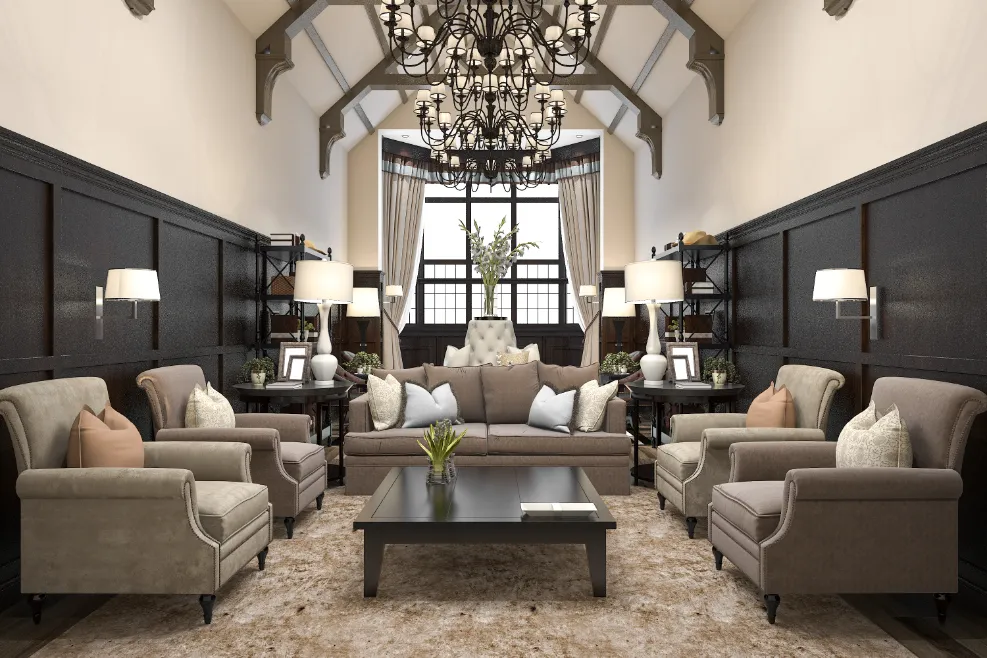
In the modern landscape of full home interior design, the advent of comprehensive home automation systems marks a significant shift, transforming houses into intelligent, responsive havens.
Overview of Comprehensive Home Automation Systems
Home automation systems encompass a symphony of interconnected devices and technologies, working seamlessly to enhance the overall living experience. From lighting and security to climate control and entertainment, these systems weave a tapestry of convenience and efficiency throughout the entire home.
Integration of Various Automated Components
Picture a home where the lights adjust as you enter, the security system automatically activates when you leave, and your favorite playlist welcomes you as you step inside. Home automation integrates various components, ensuring that security, climate control, and entertainment synchronize effortlessly to create an environment tailored to your preferences.
Simplifying the User Experience with Centralized Control Systems
Centralized control systems serve as the heart of home automation, simplifying the user experience. Imagine using a single interface, be it a smartphone app or a voice command, to manage and monitor all automated functions in your home. This centralized control not only streamlines operations but also adds a layer of user-friendly accessibility to the entire system.
Costs and Gains of Embracing a Full Home Automation System
While the initial expenses of adopting a comprehensive home automation system might seem significant, the long-term advantages far surpass the upfront investment. Envision the reduced energy bills achieved through optimized climate control and the bolstered security that dissuades potential intruders. The sheer ease of managing your entire home with a simple touch or a spoken command adds immeasurable worth to your overall lifestyle.
Imagine a scenario where your lights, thermostat, and home security seamlessly synchronize, adapting to your daily routine. This advanced level of integration not only enhances comfort but also contributes significantly to both energy efficiency and peace of mind.
Conclusion
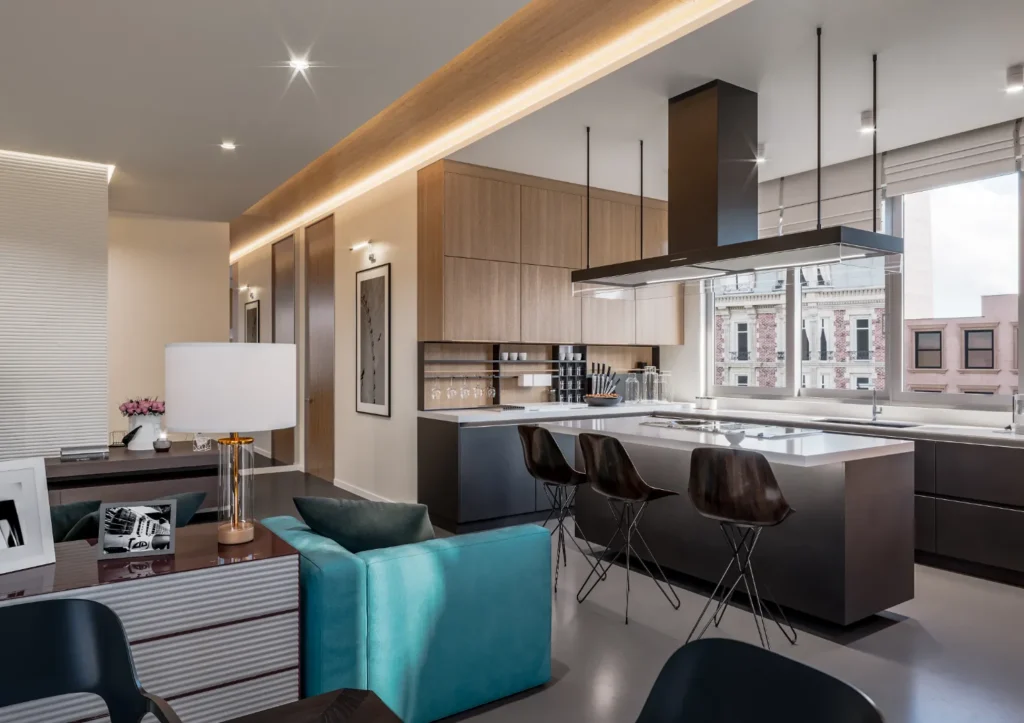
In our exploration of full home interior design, we’ve witnessed an inspiring fusion of innovation and technology reshaping our perception and interaction with living spaces. From the integration of smart materials responding intuitively to our needs to the immersive experiences crafted by Virtual Reality and Augmented Reality, each element contributes to a future where homes become intelligent companions.
Robotics has evolved beyond mere furniture, transforming inert pieces into responsive elements that adapt to our dynamic lives. Smart materials and surfaces usher in an era of aesthetics and functionality, blurring the lines between imagination and reality. Home automation systems, orchestrating a seamless dance of security, climate control, and entertainment, redefine convenience and efficiency in our homes.
Standing at the crossroads of technological marvels and timeless design principles, the future of full home interior design is both thrilling and promising. The journey doesn’t conclude here; it unfolds, embracing possibilities presented by artificial intelligence, automation, and materials evolving with our needs. Embark on this exciting trajectory where technology and full home interior design converge, shaping not just homes, but the very essence of our cherished living spaces.
The White Frame is not just another interior design and build firm, we are proud to offer you the professional service levels of global standards and deep respect for both contemporary and traditional interior design, Headquartered in Gurgaon, and extend our services across diverse cities, including Gurgaon, South Delhi, Delhi-NCR, North India, Mumbai, Chandigarh, Jaipur, and Agra.
Explore some of our work here!
Cheers to the creation of your dream home!


